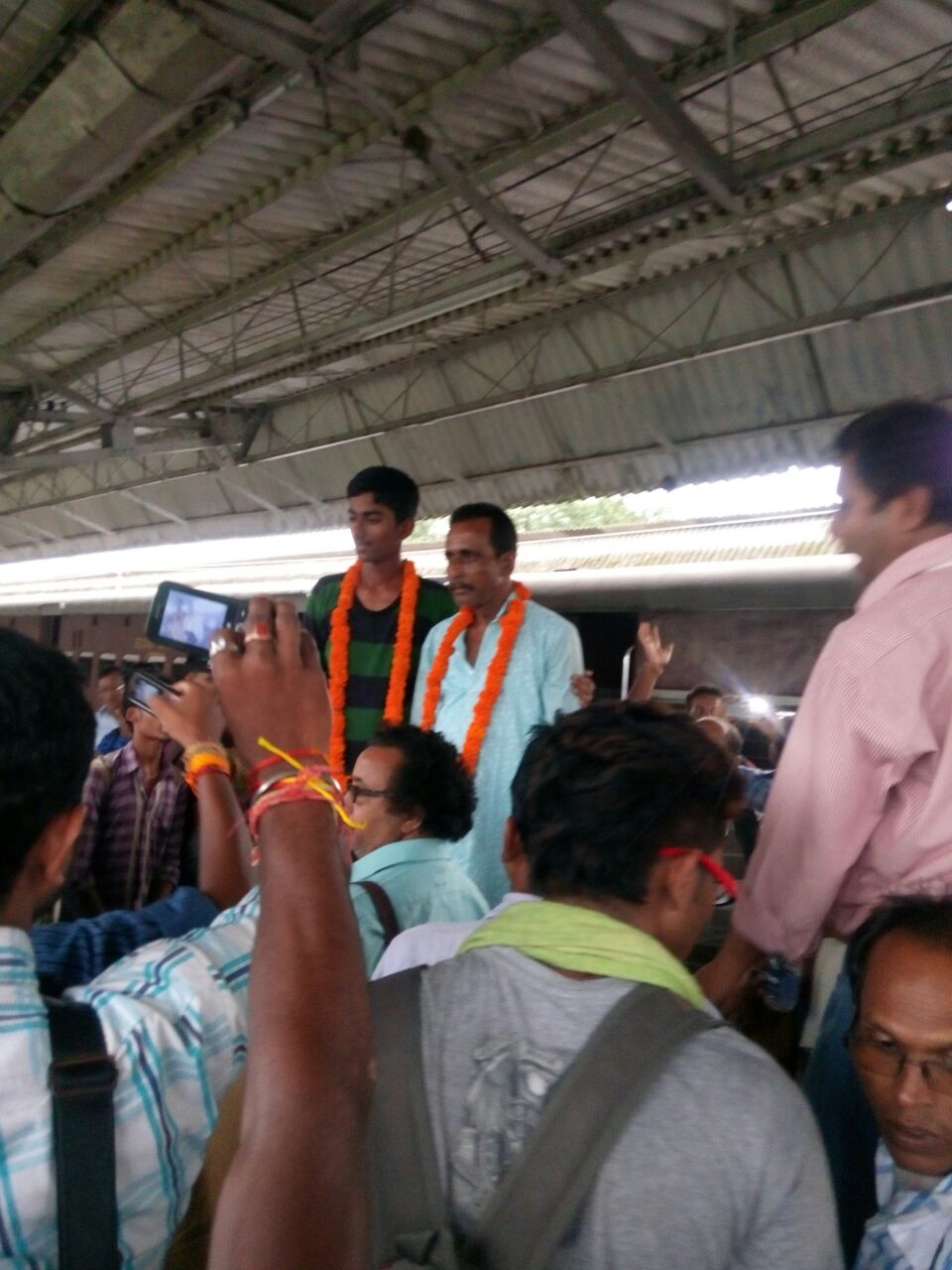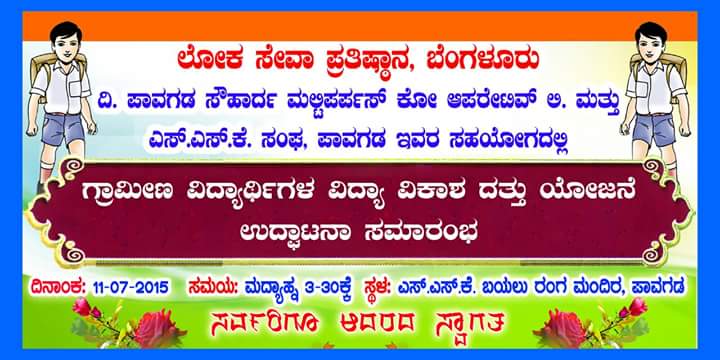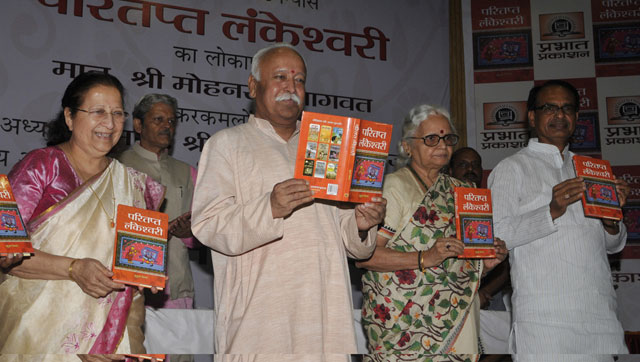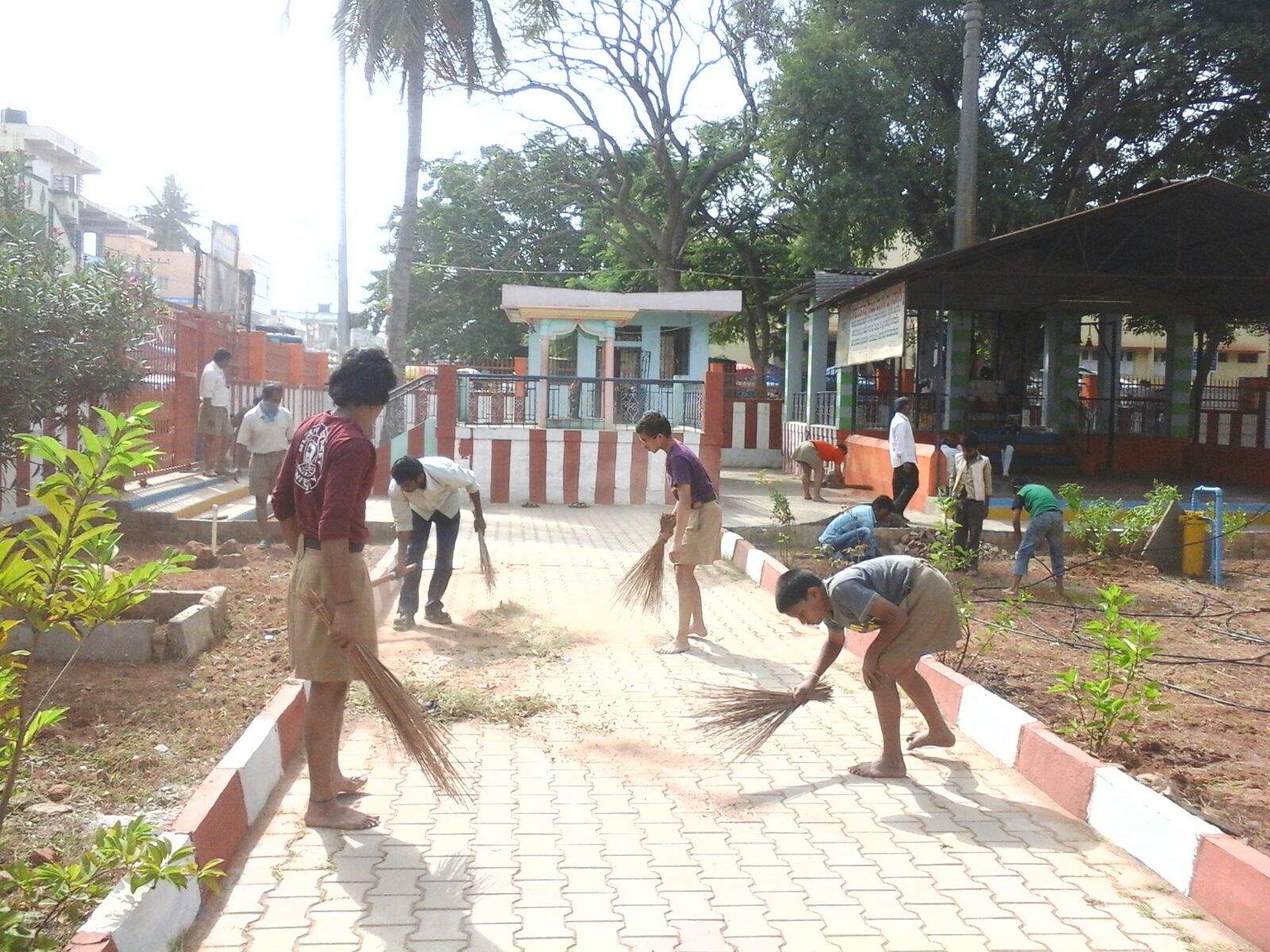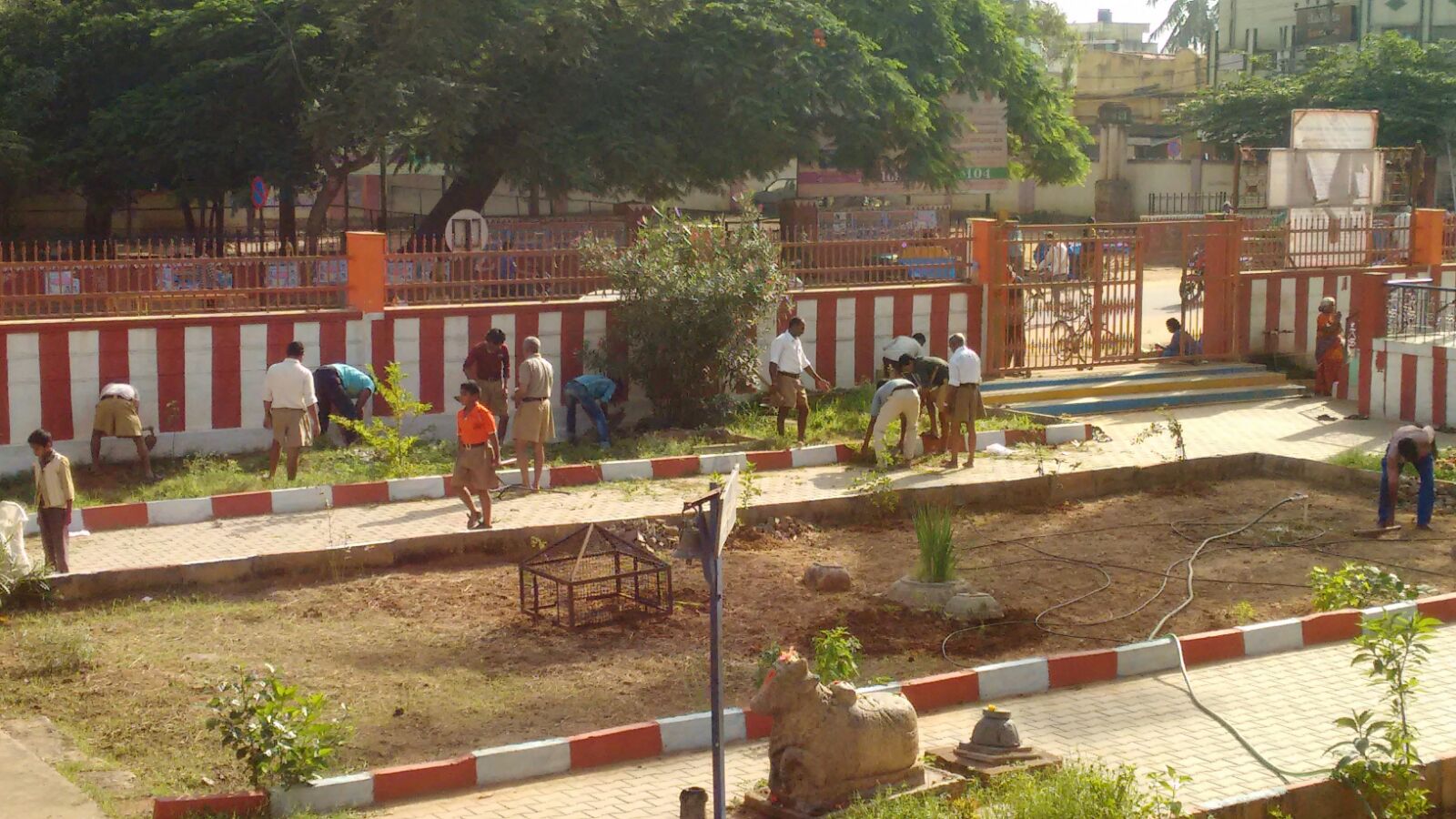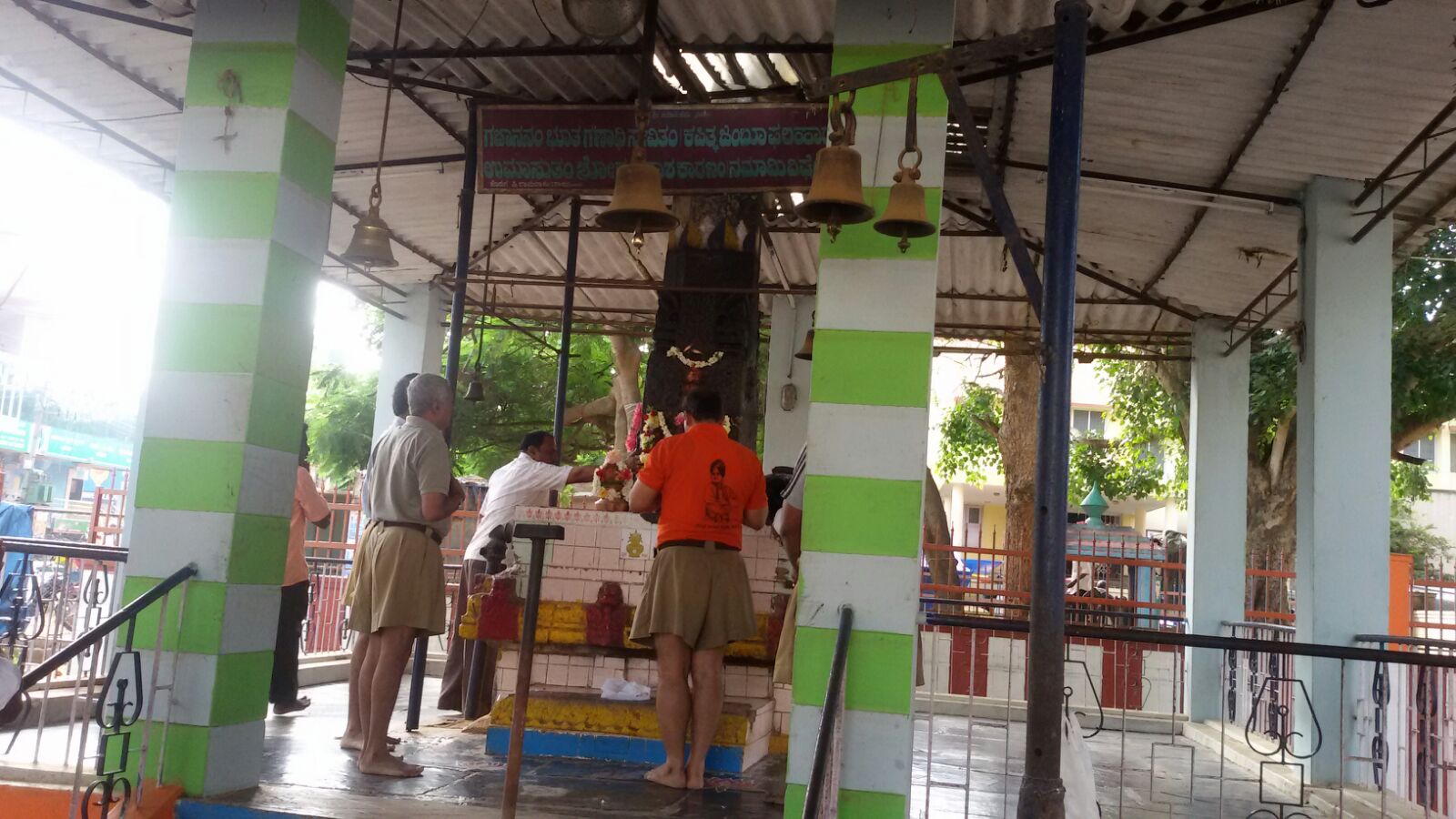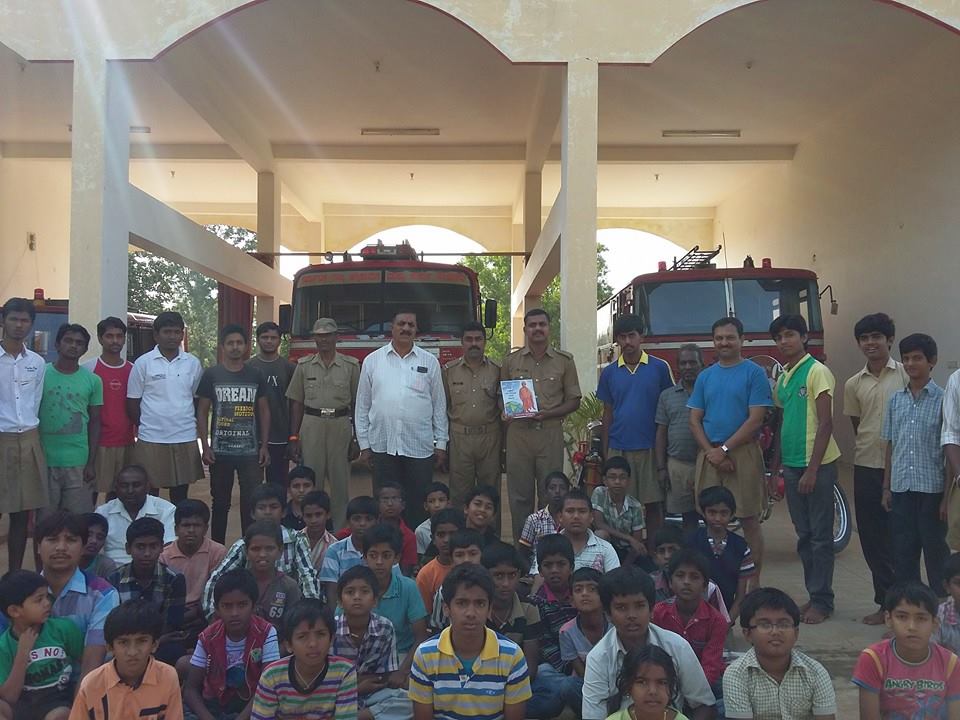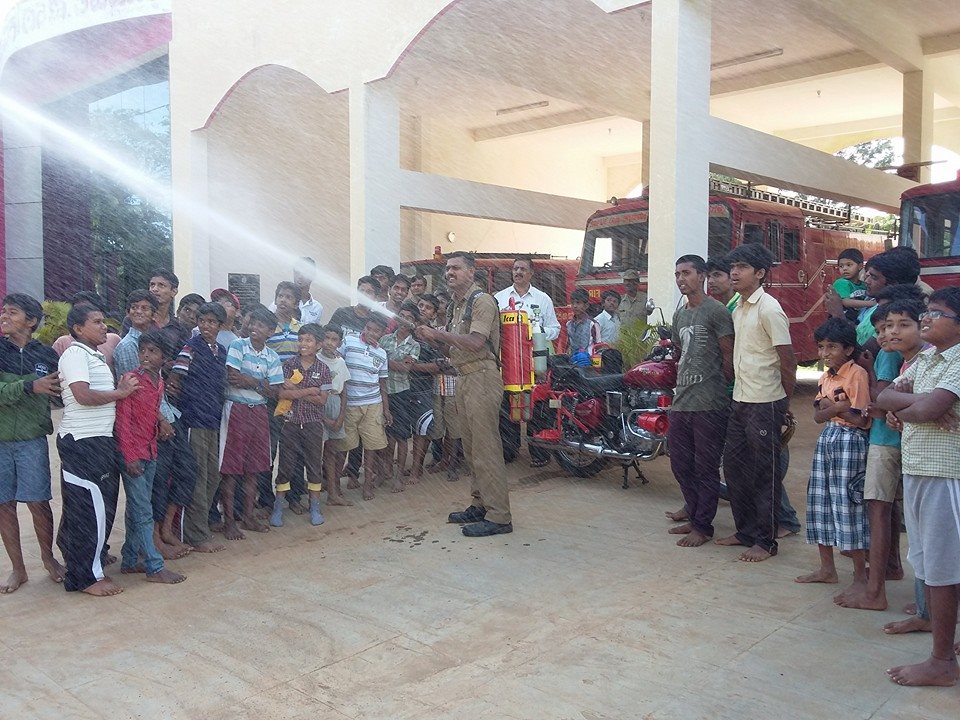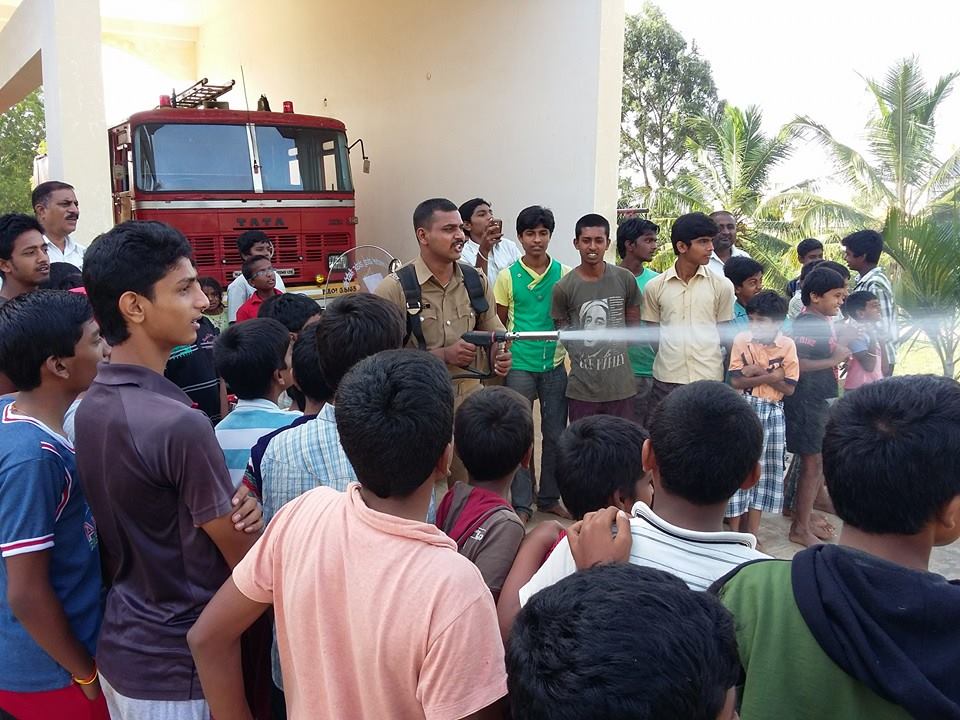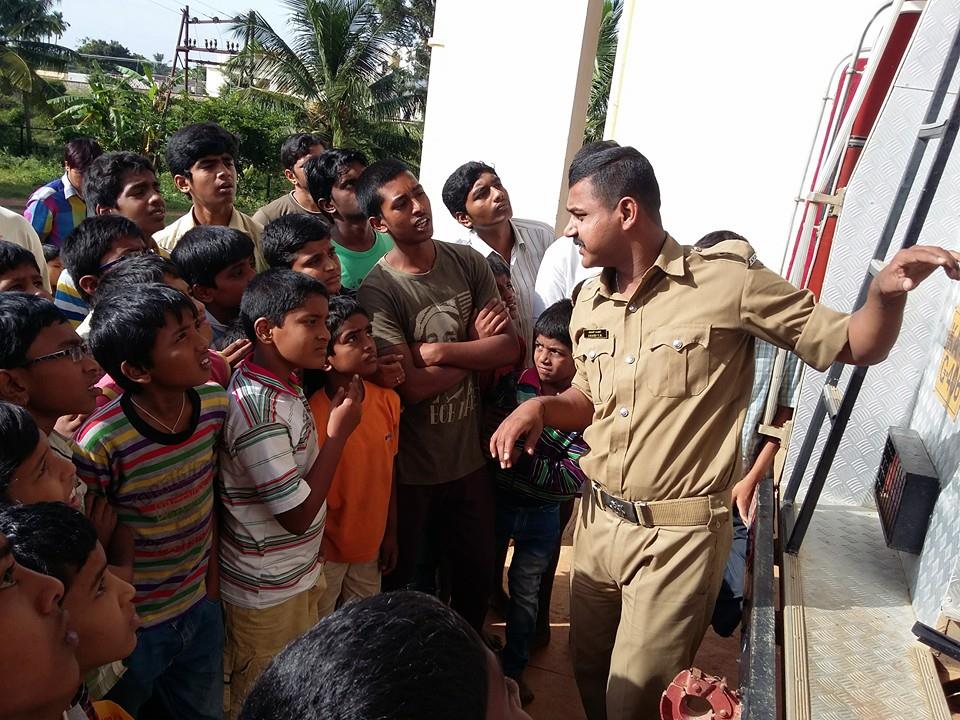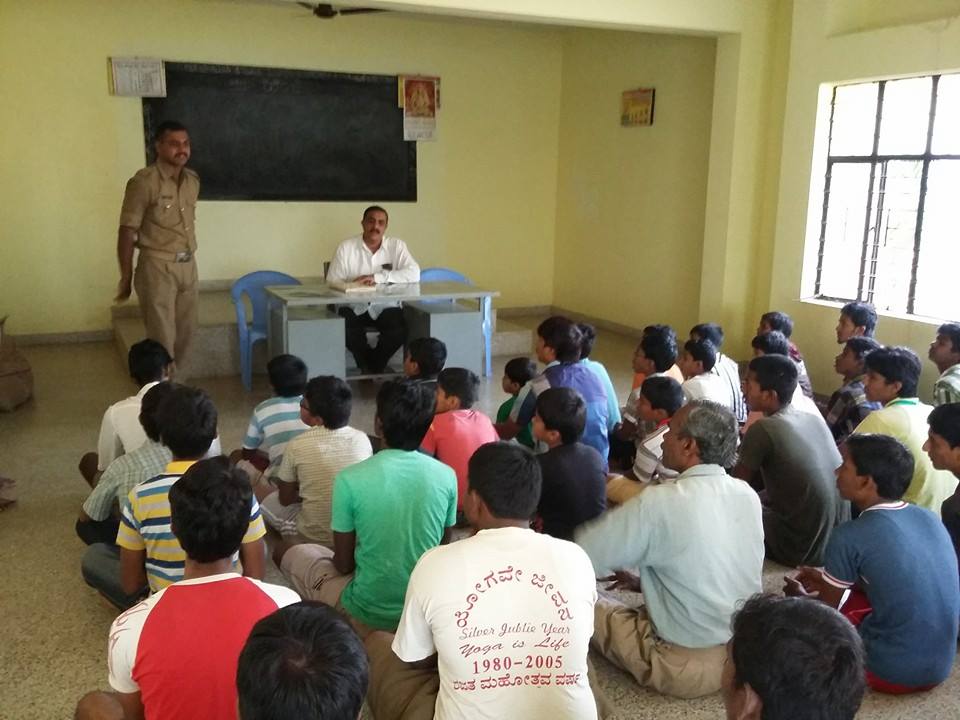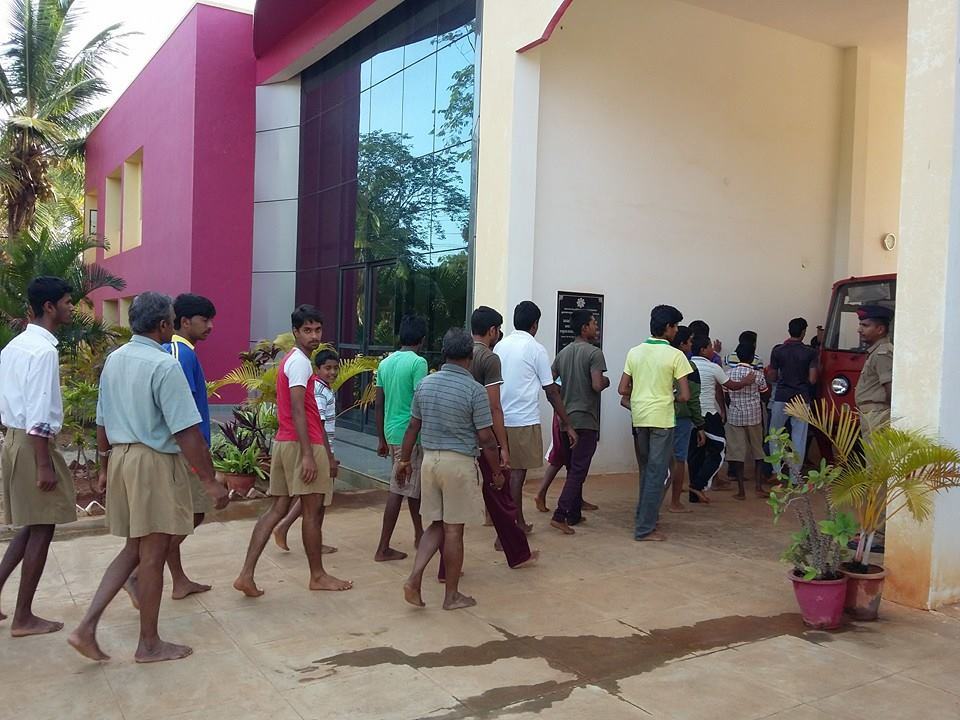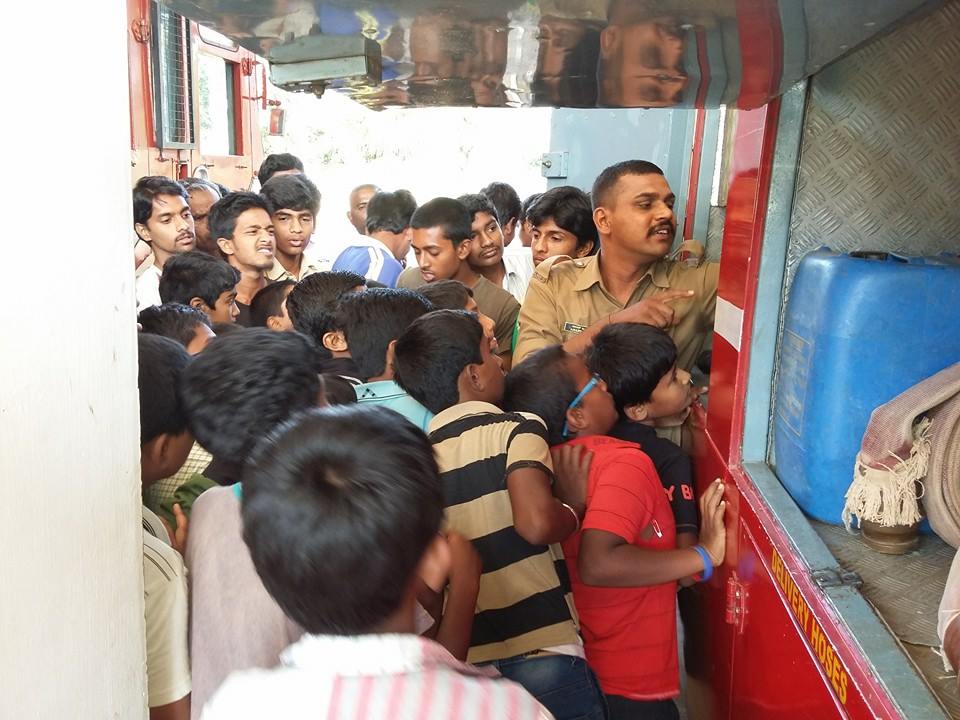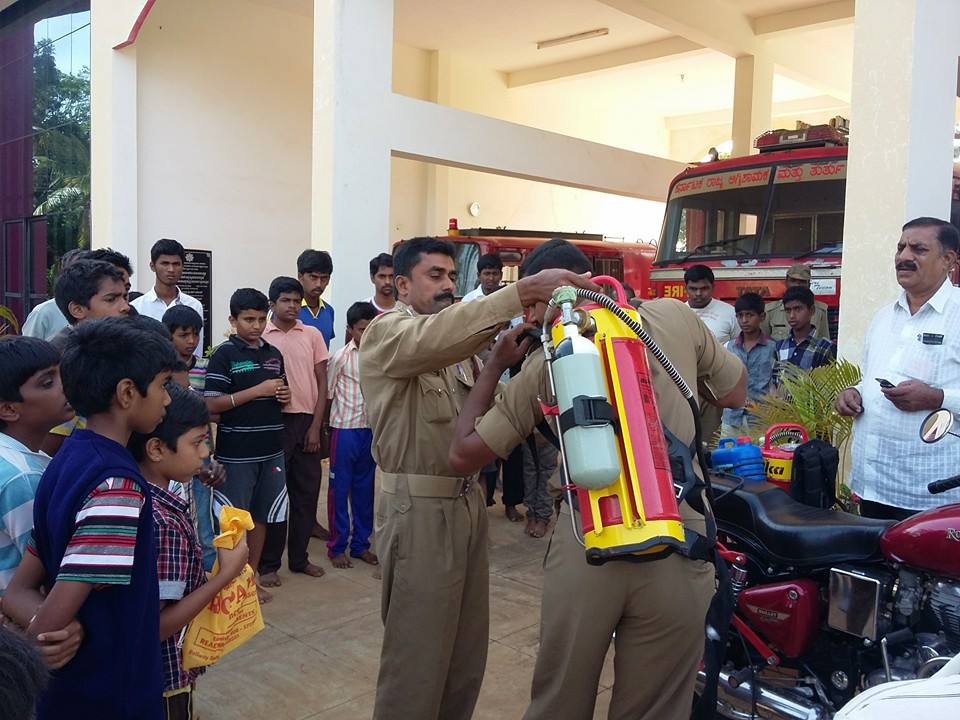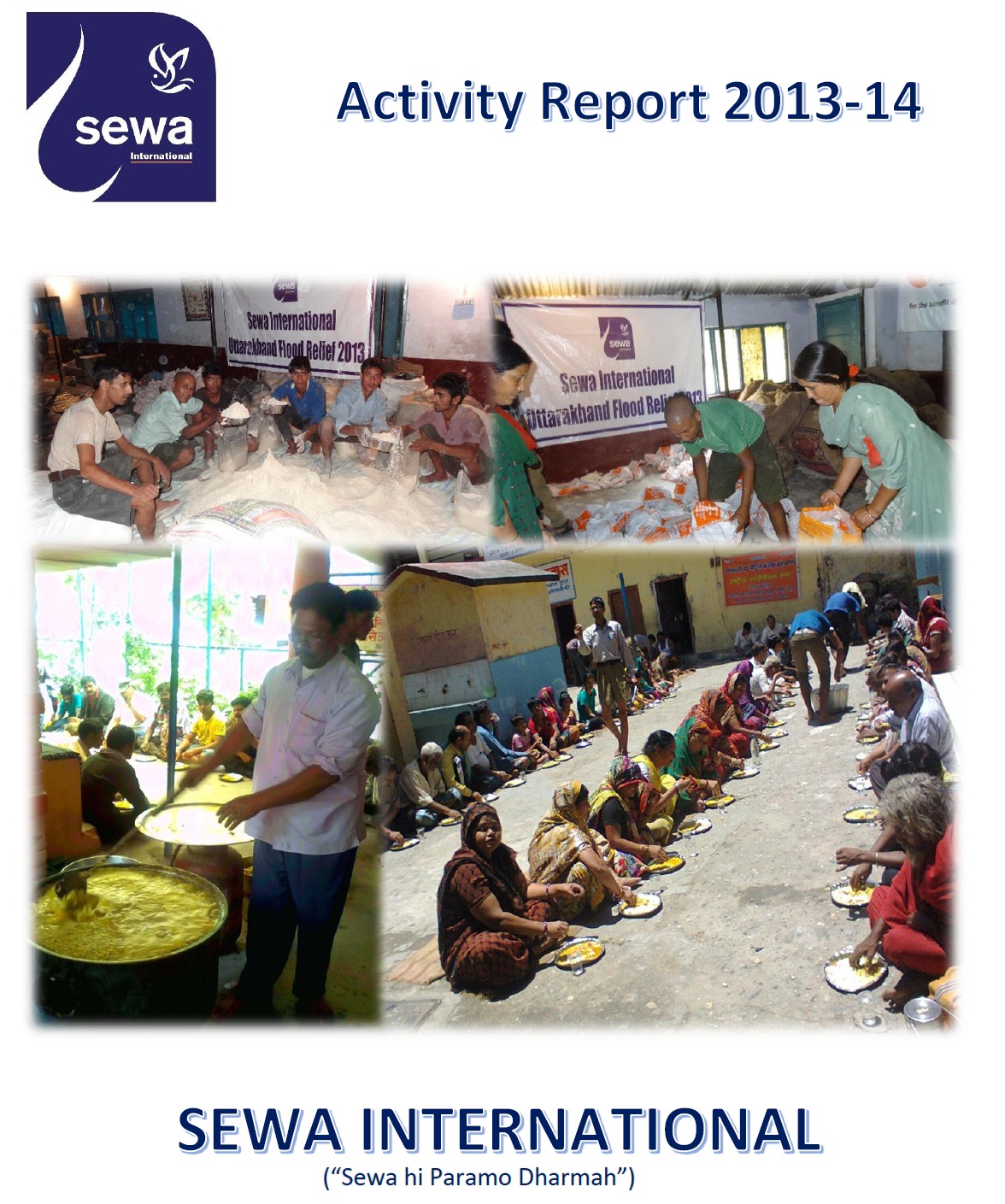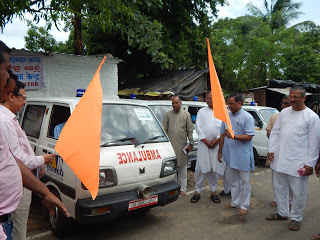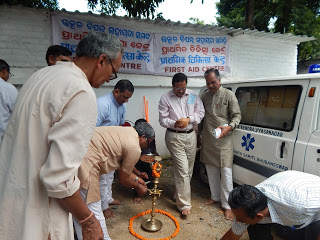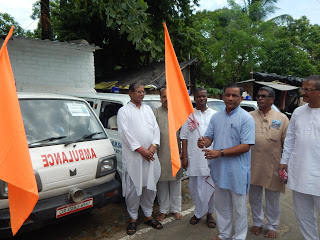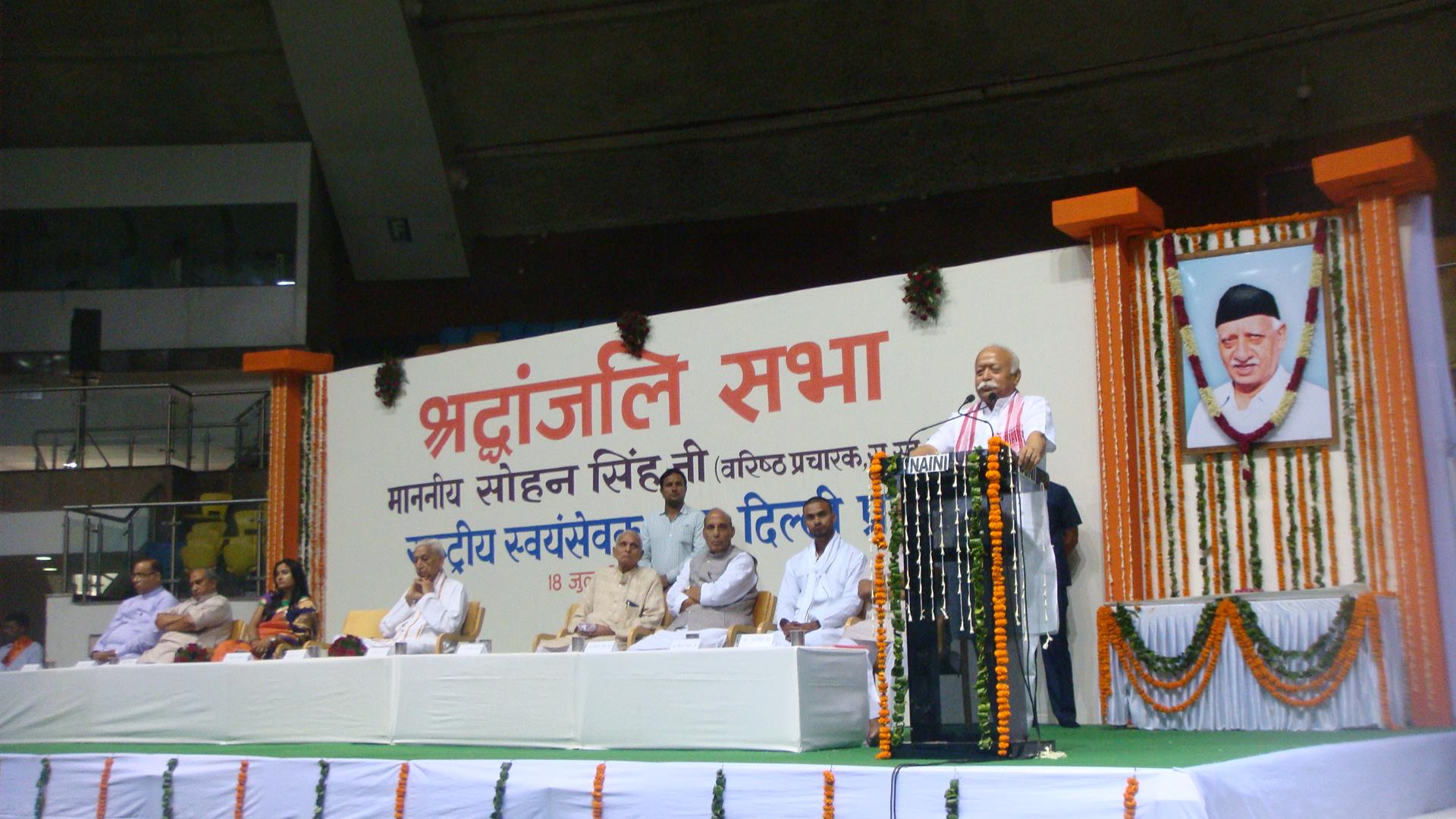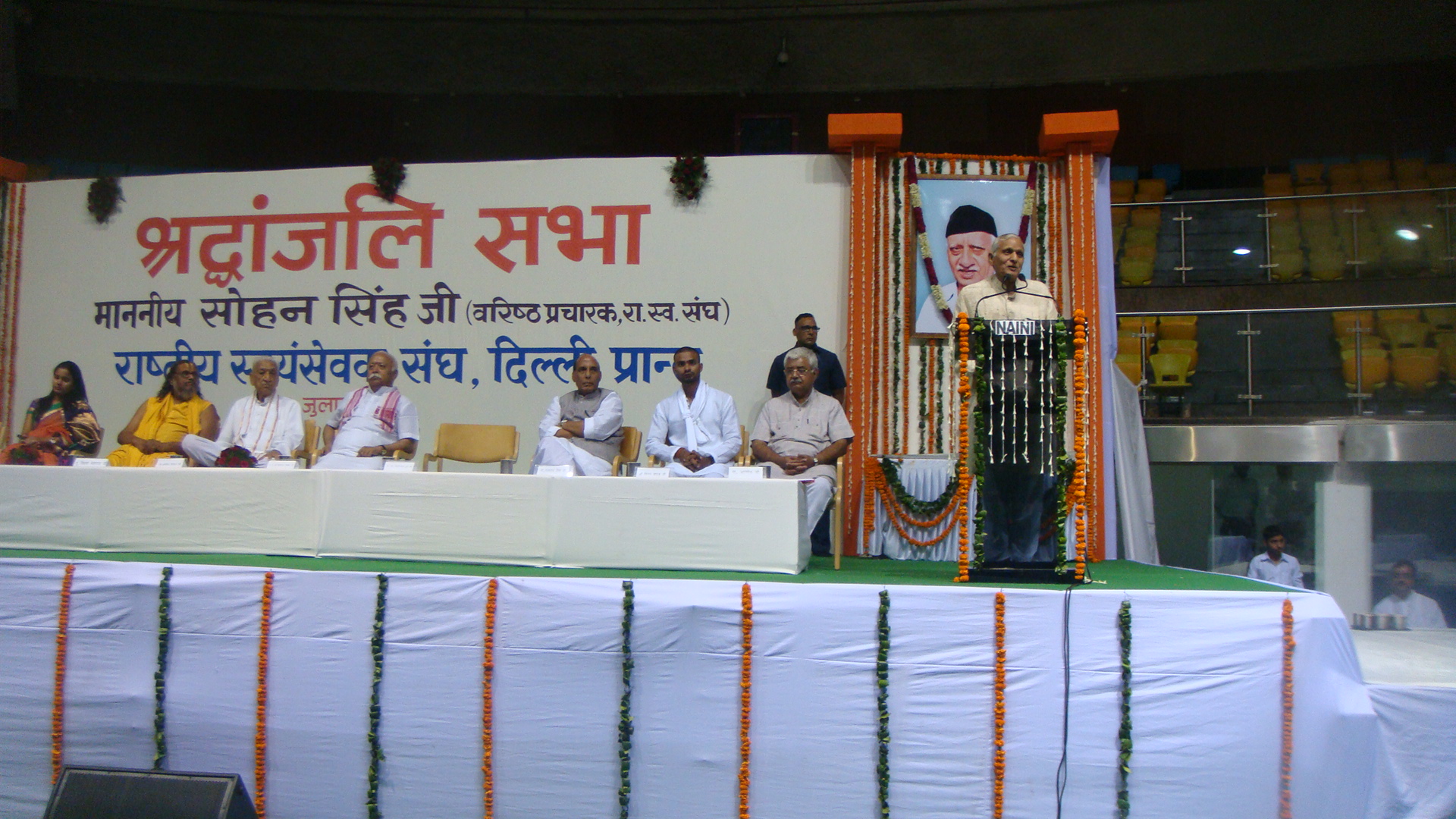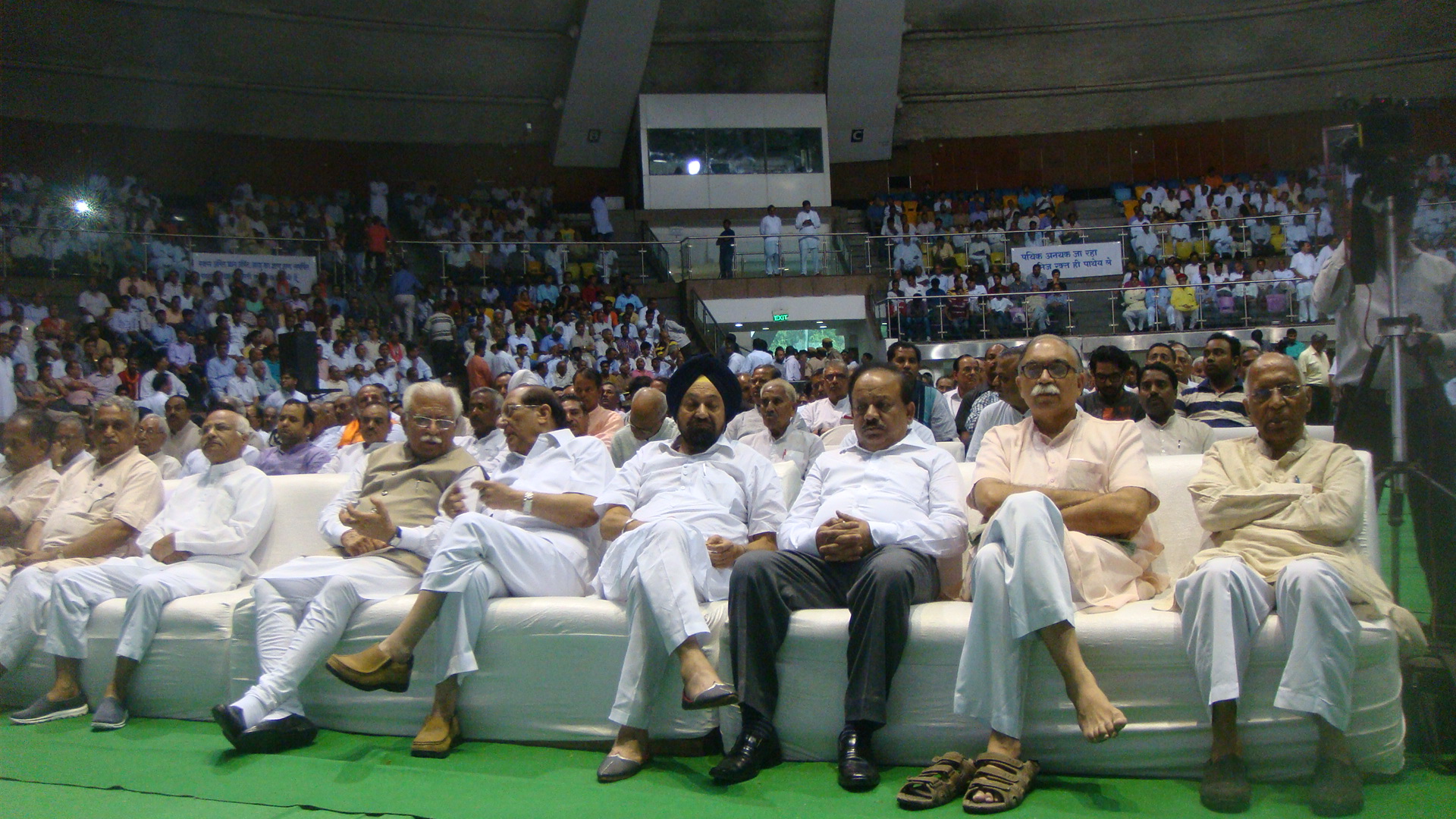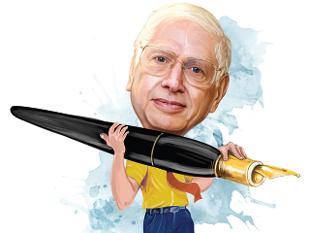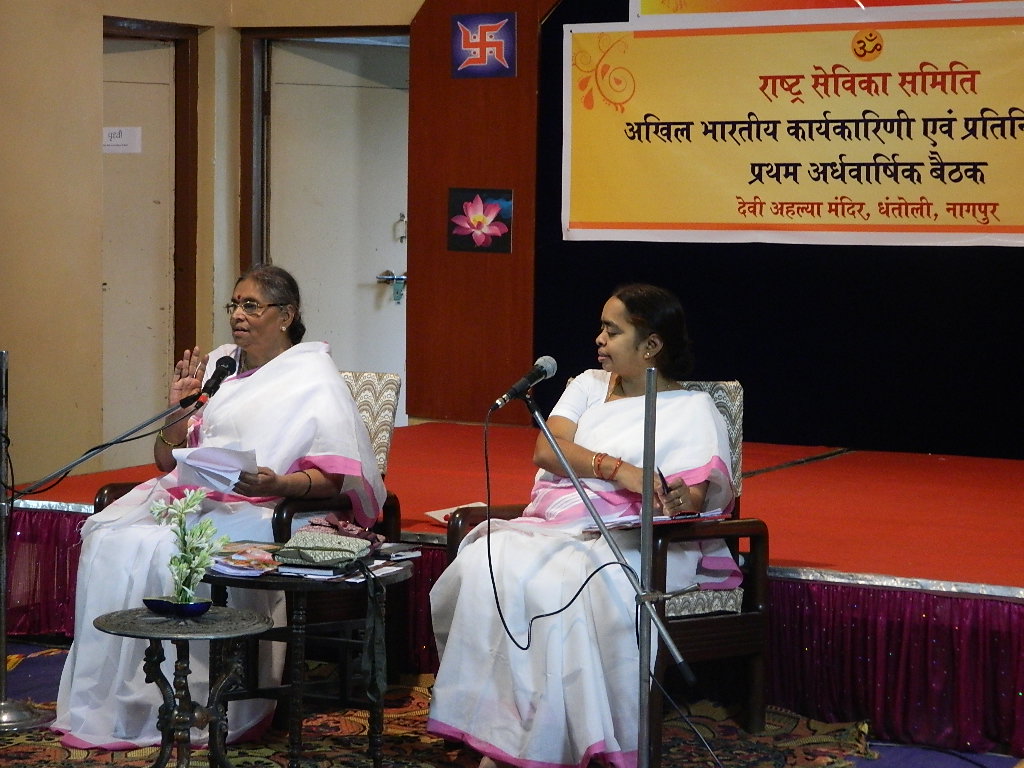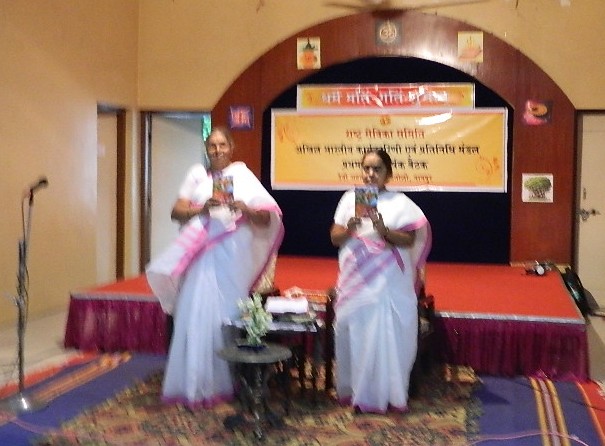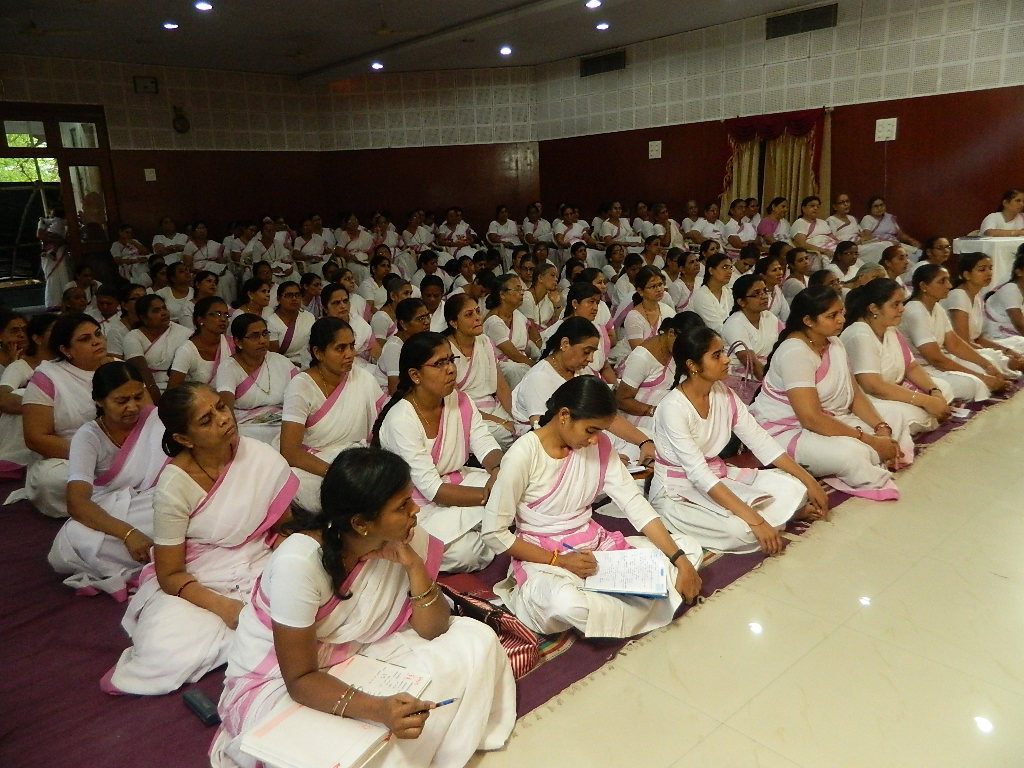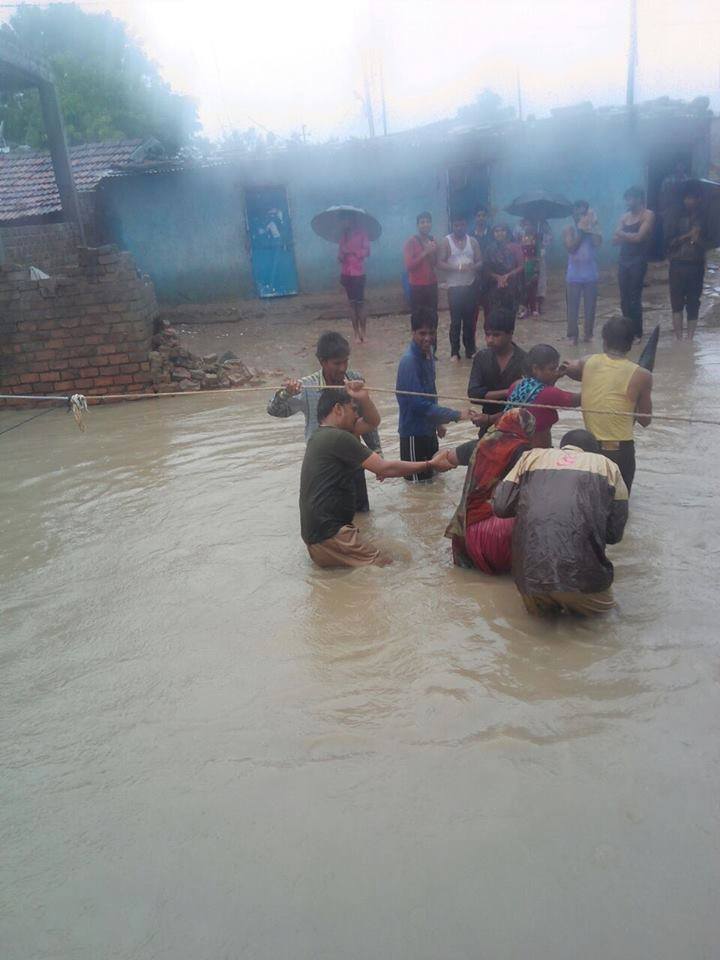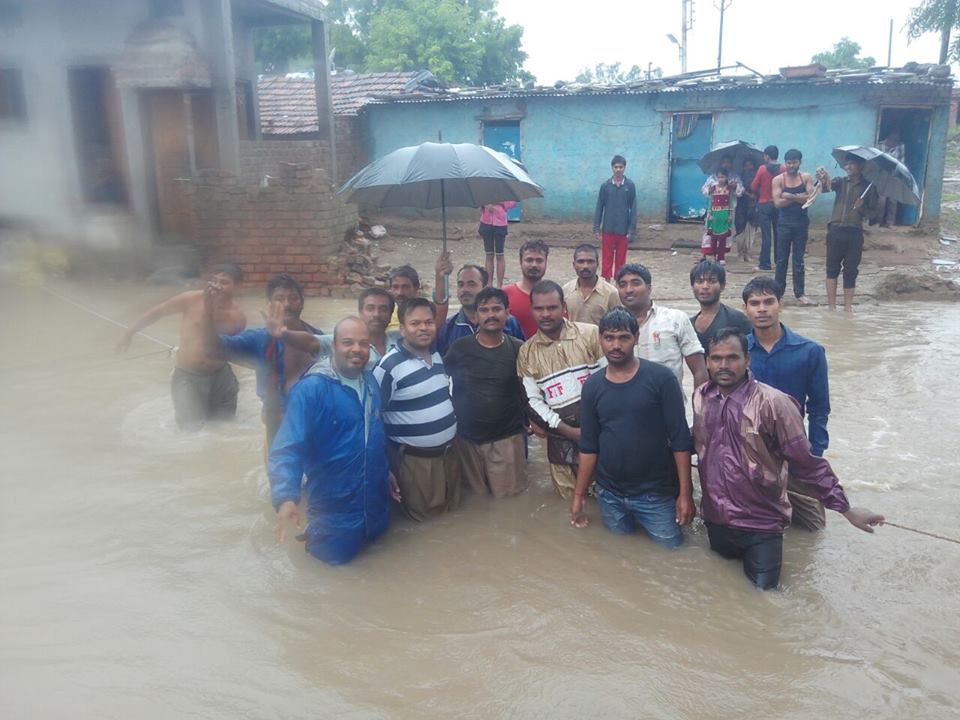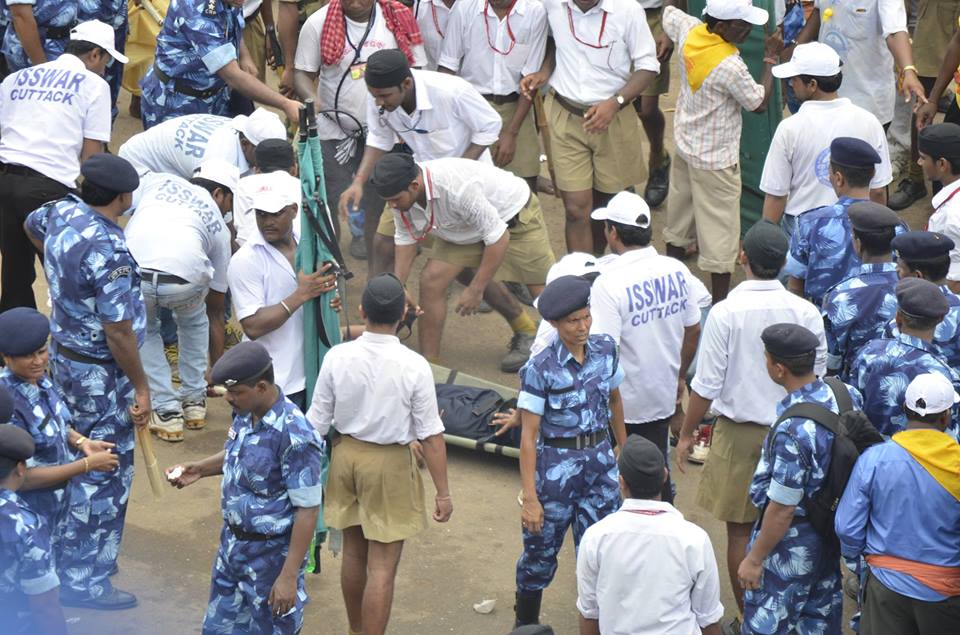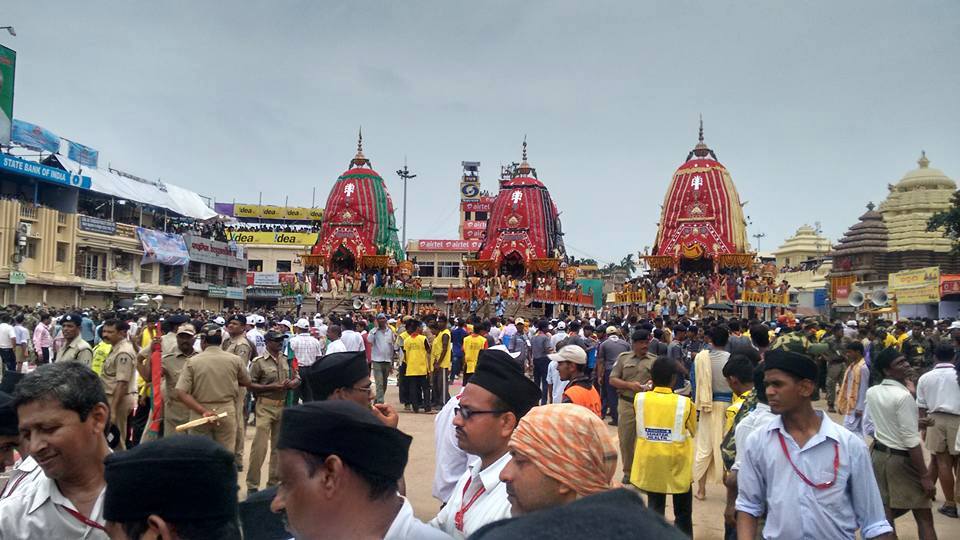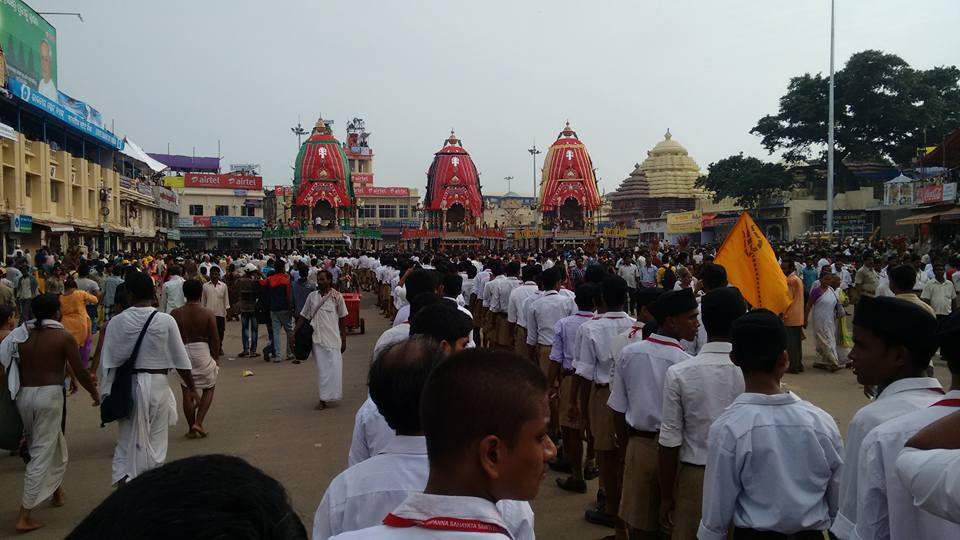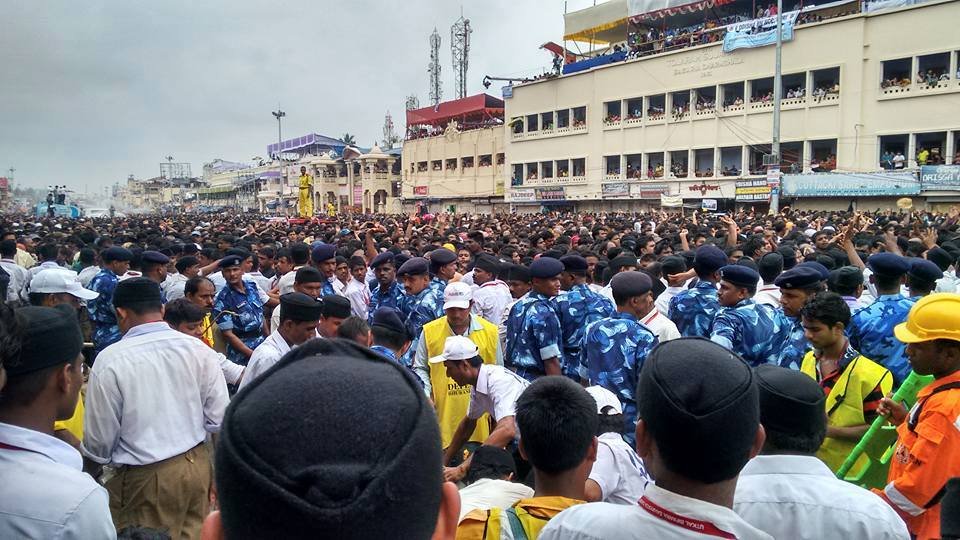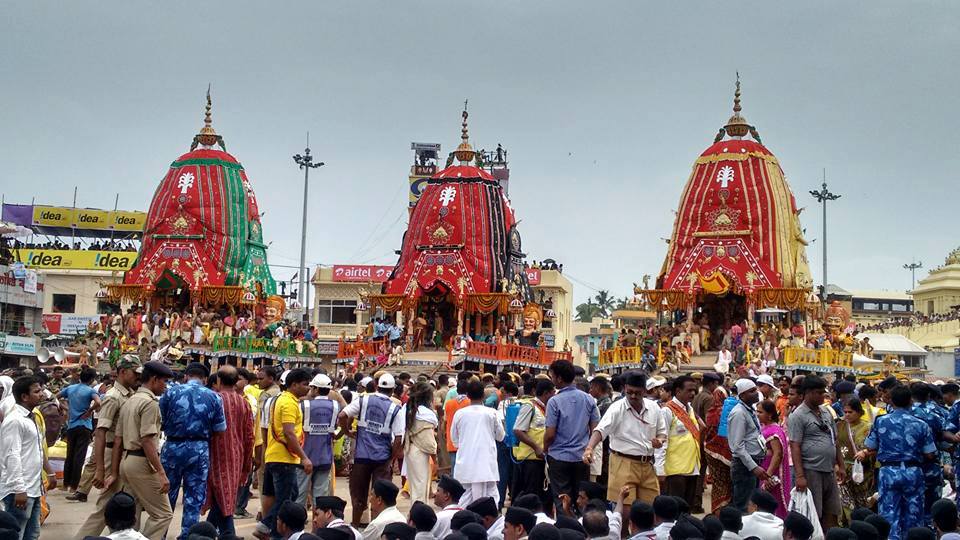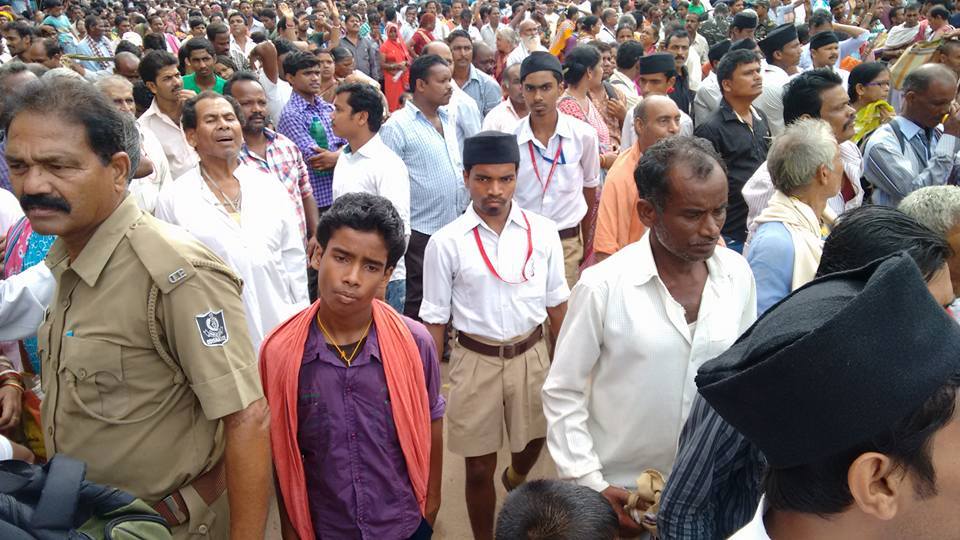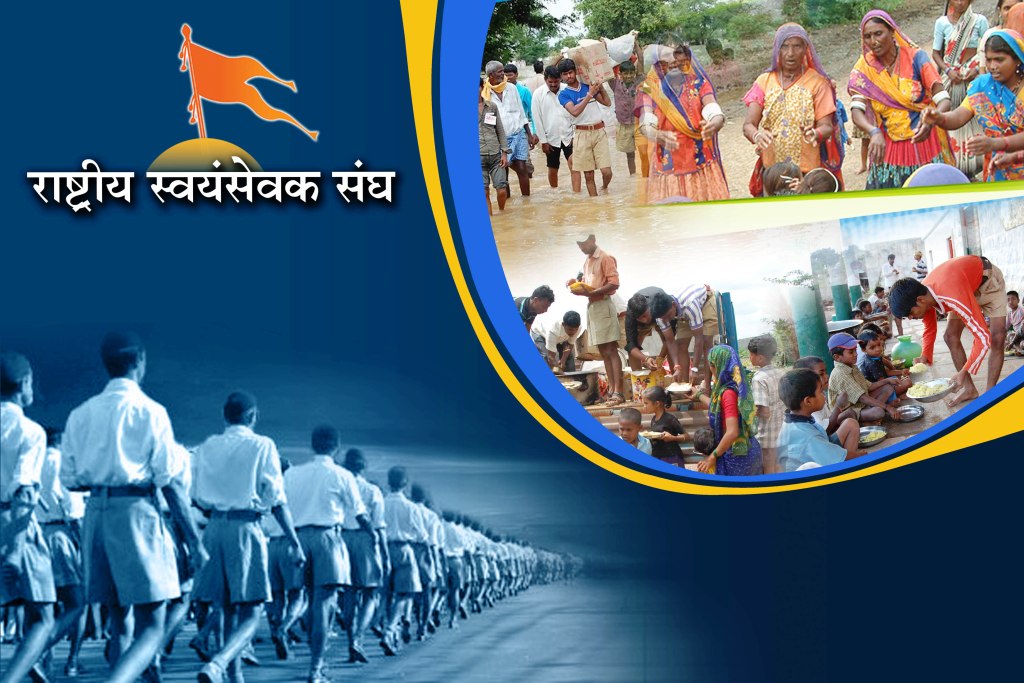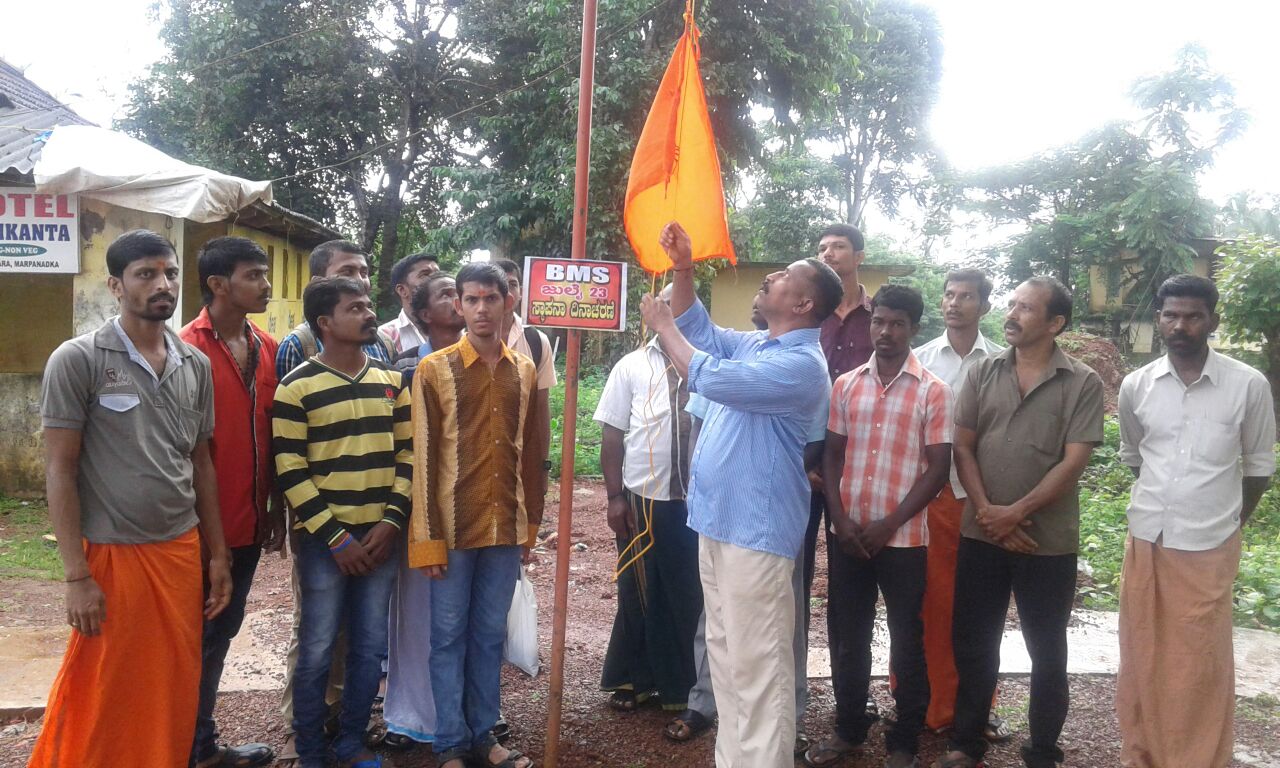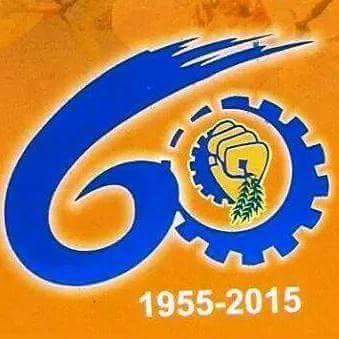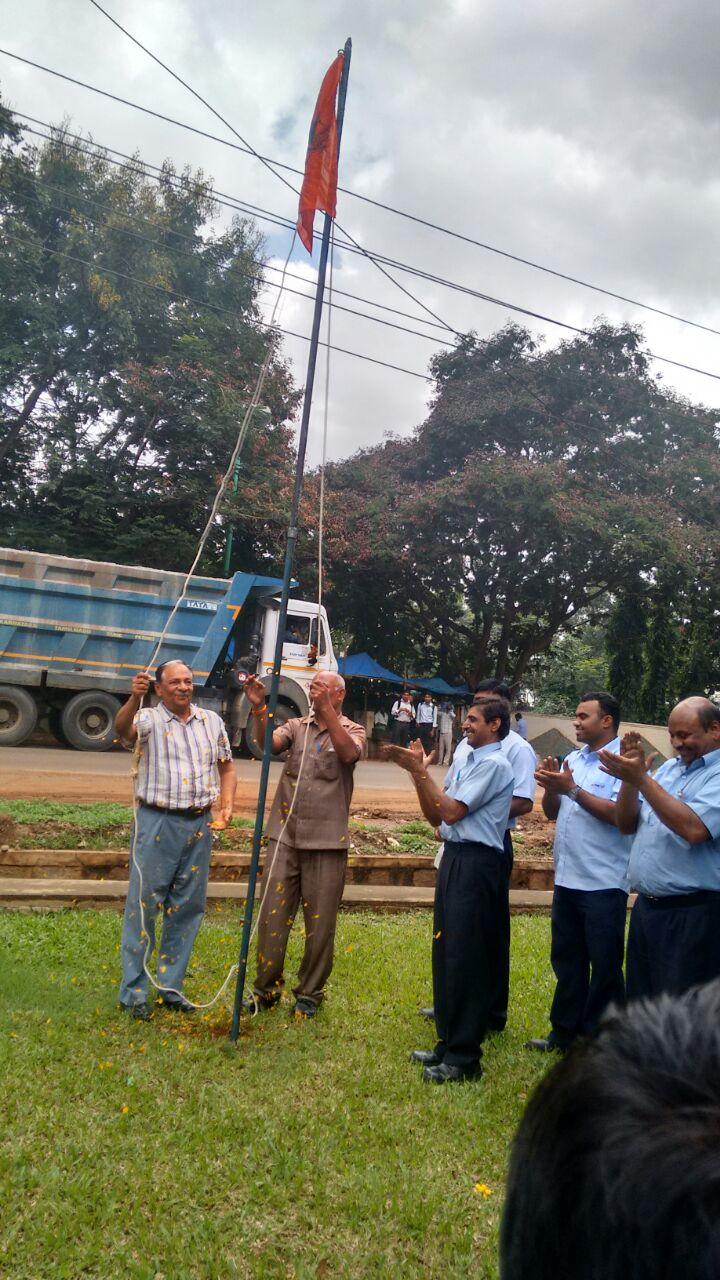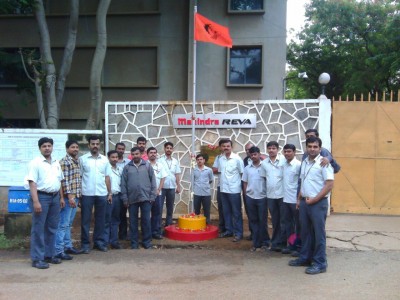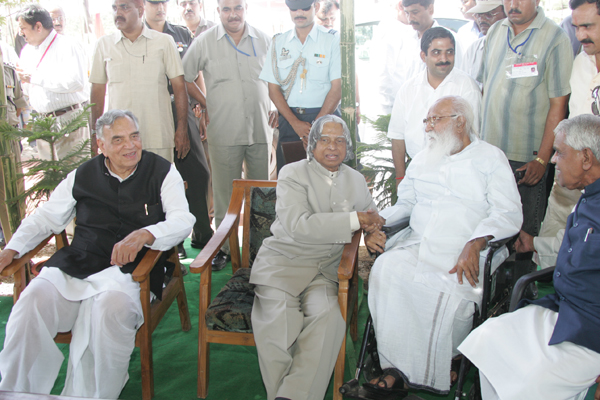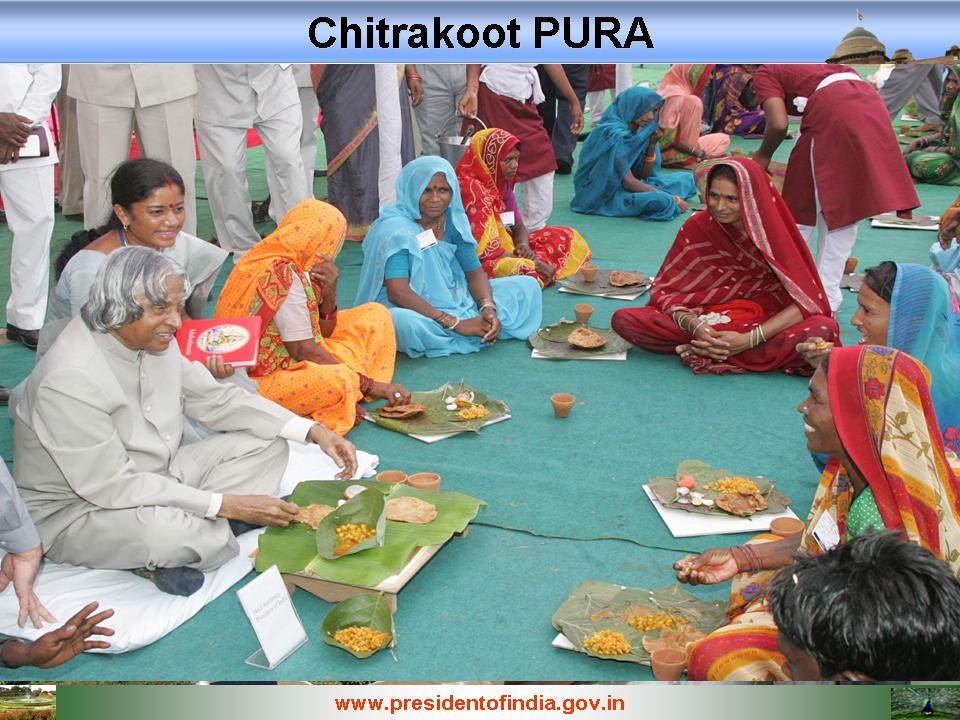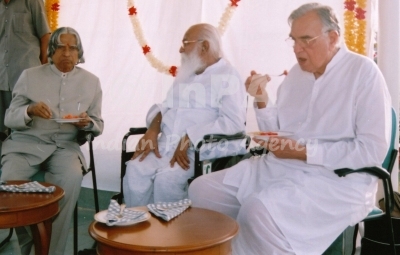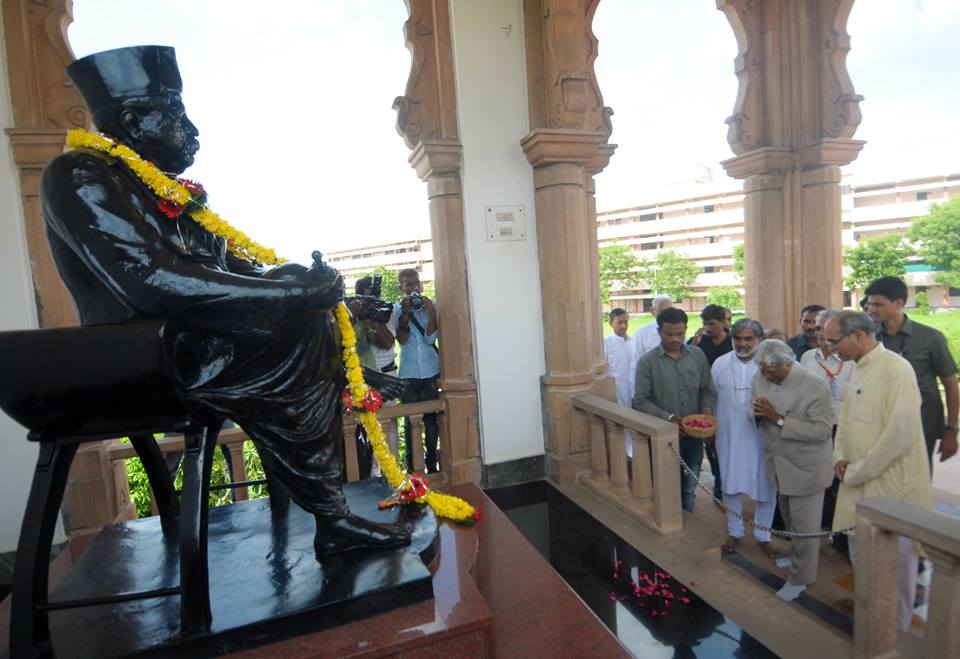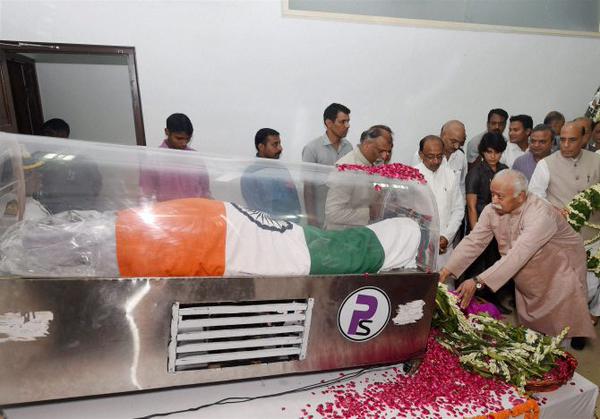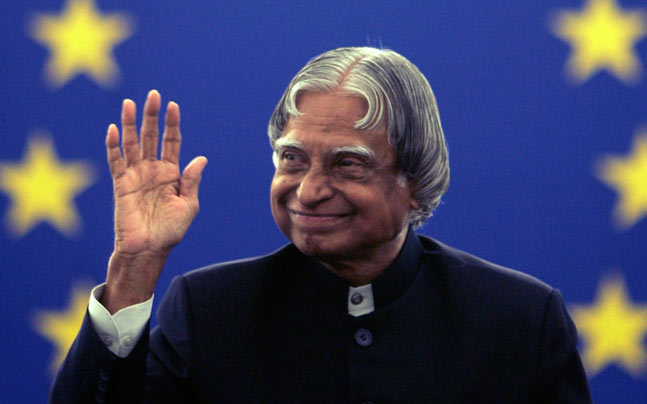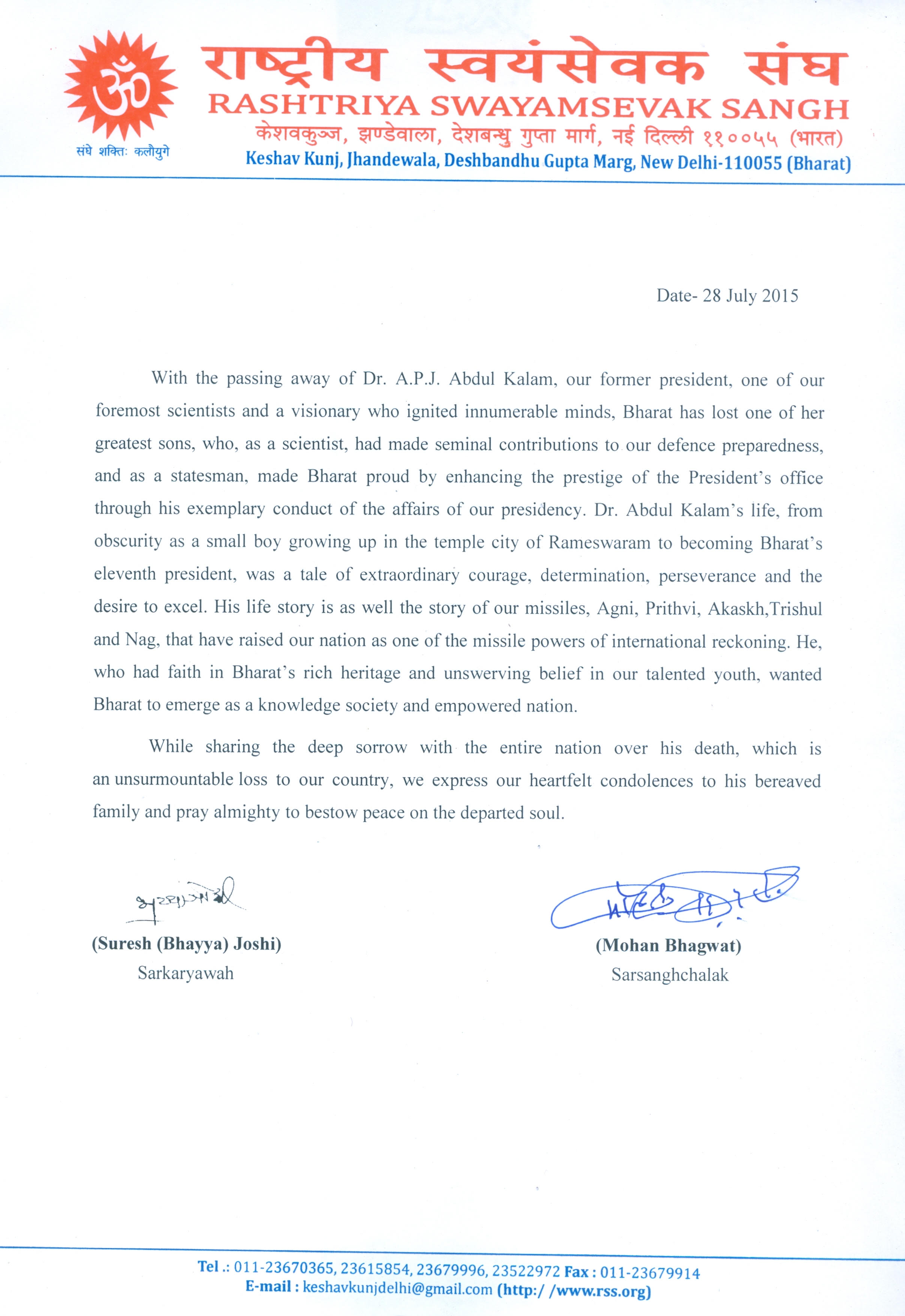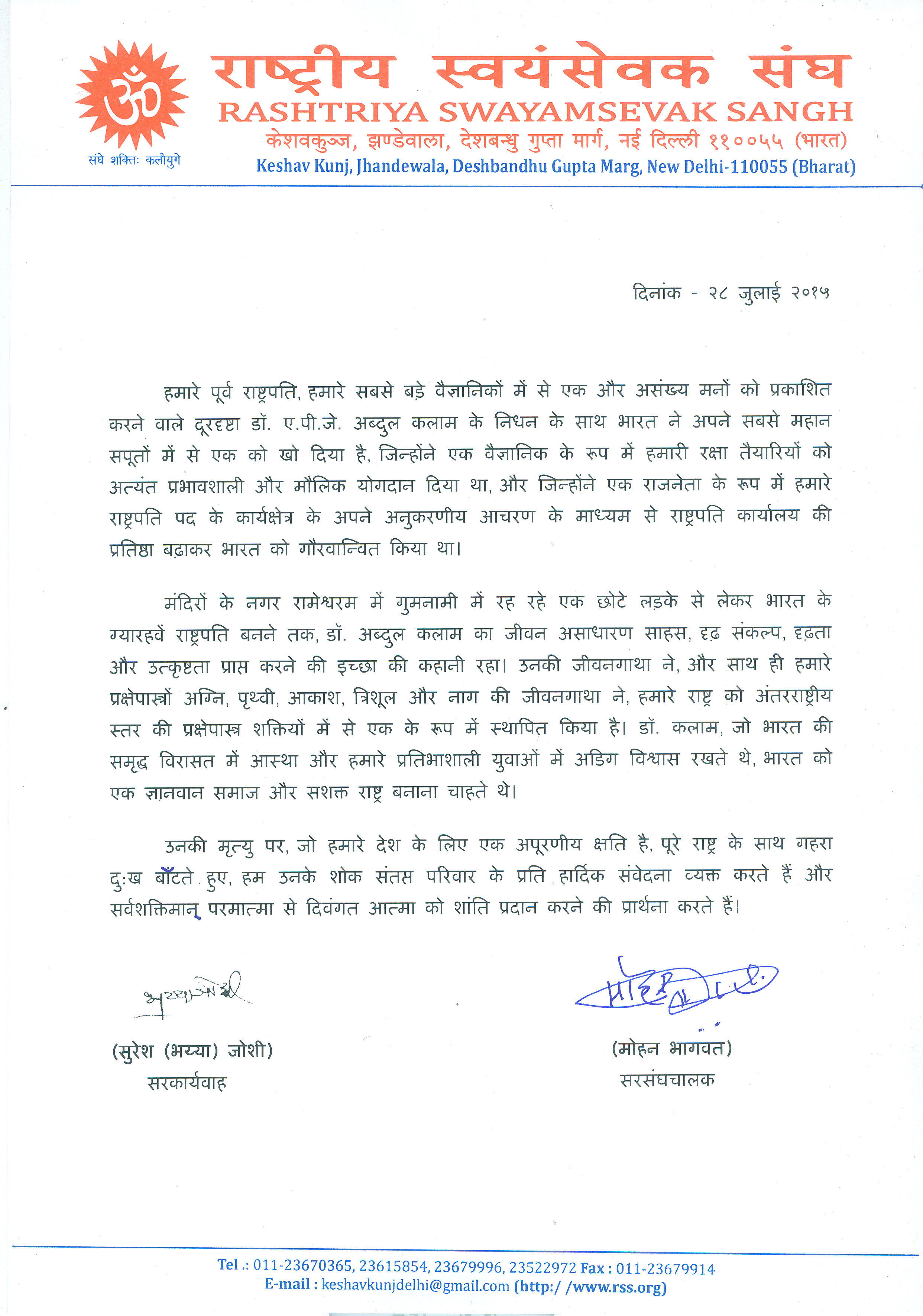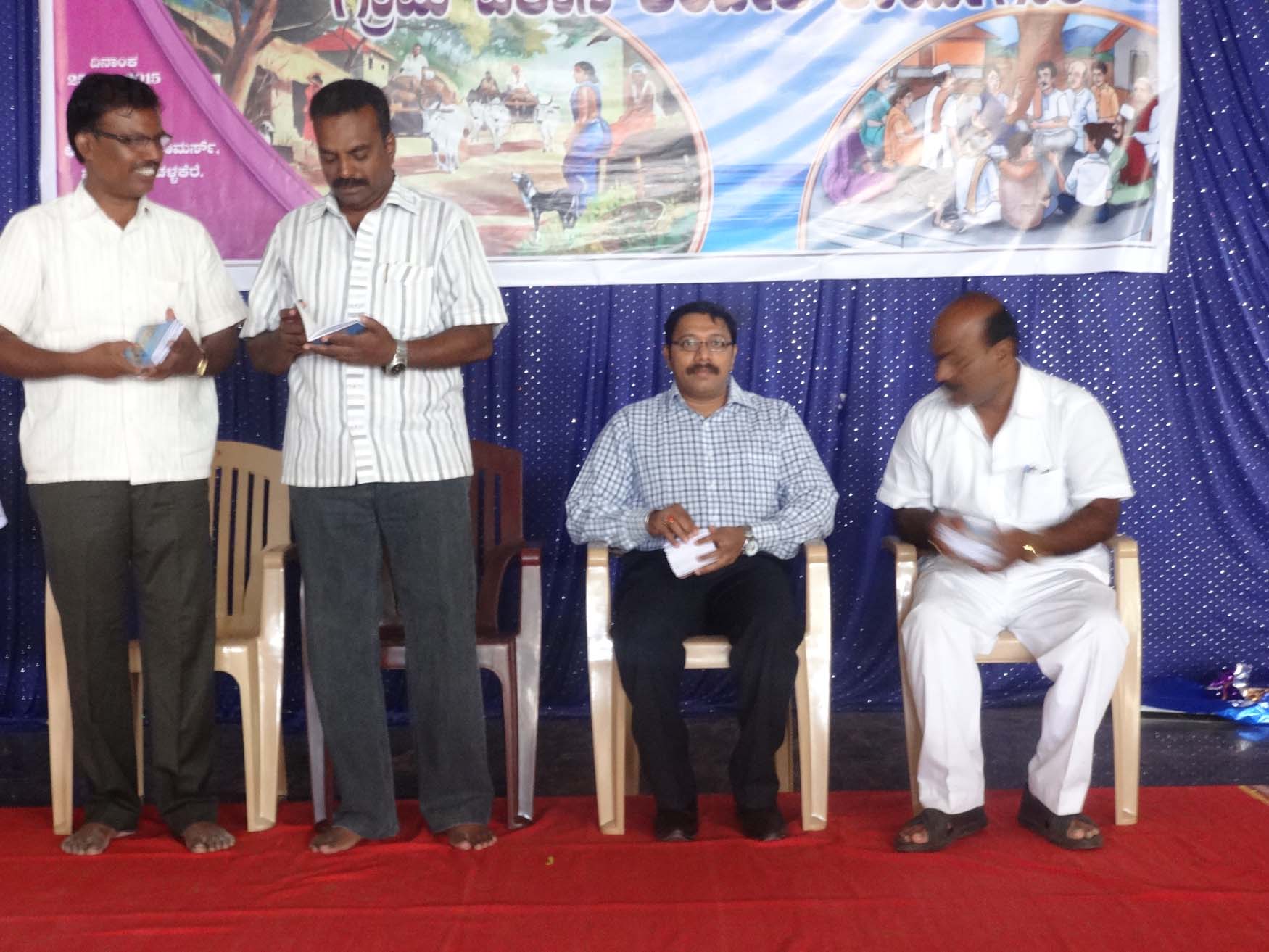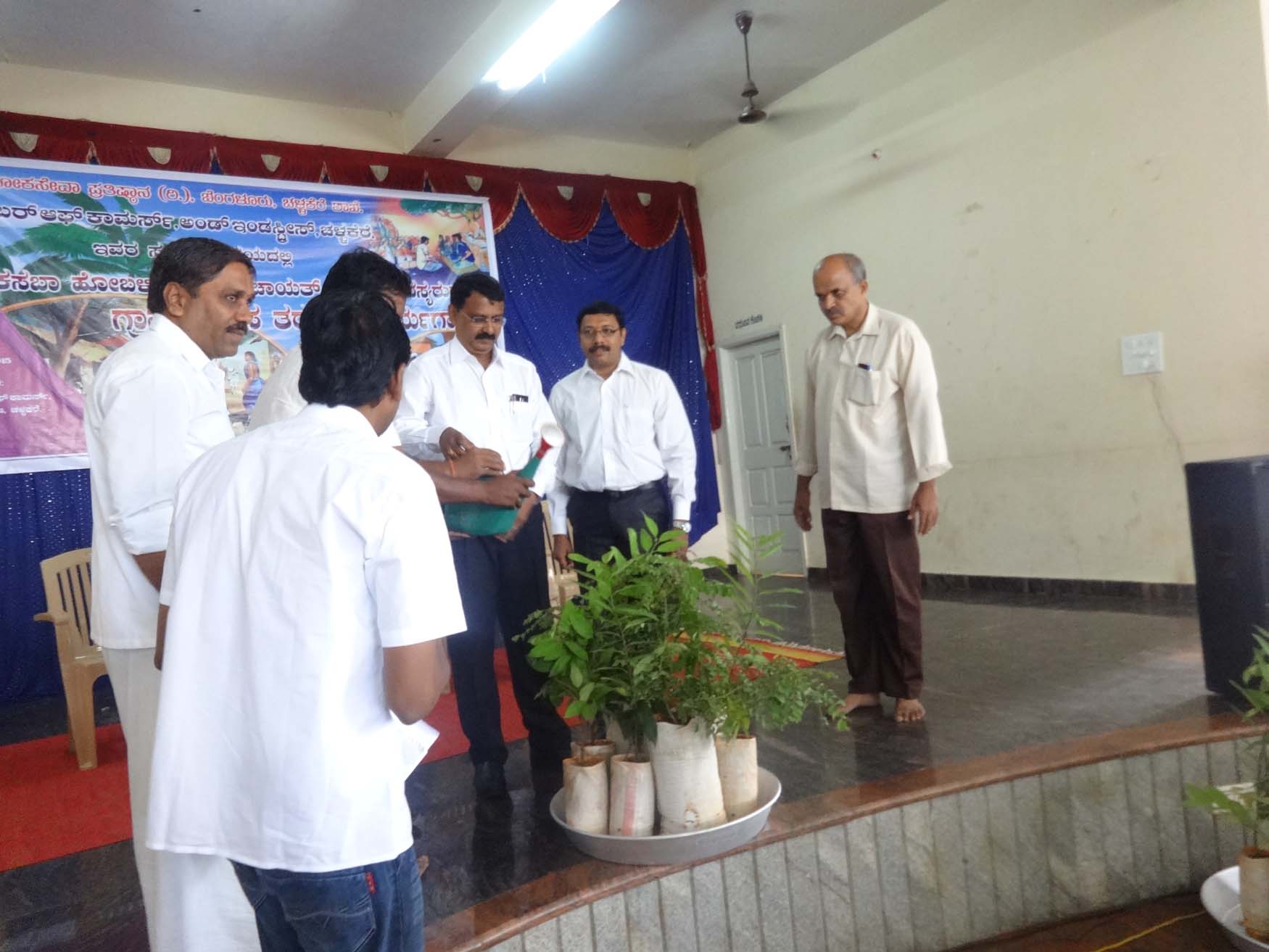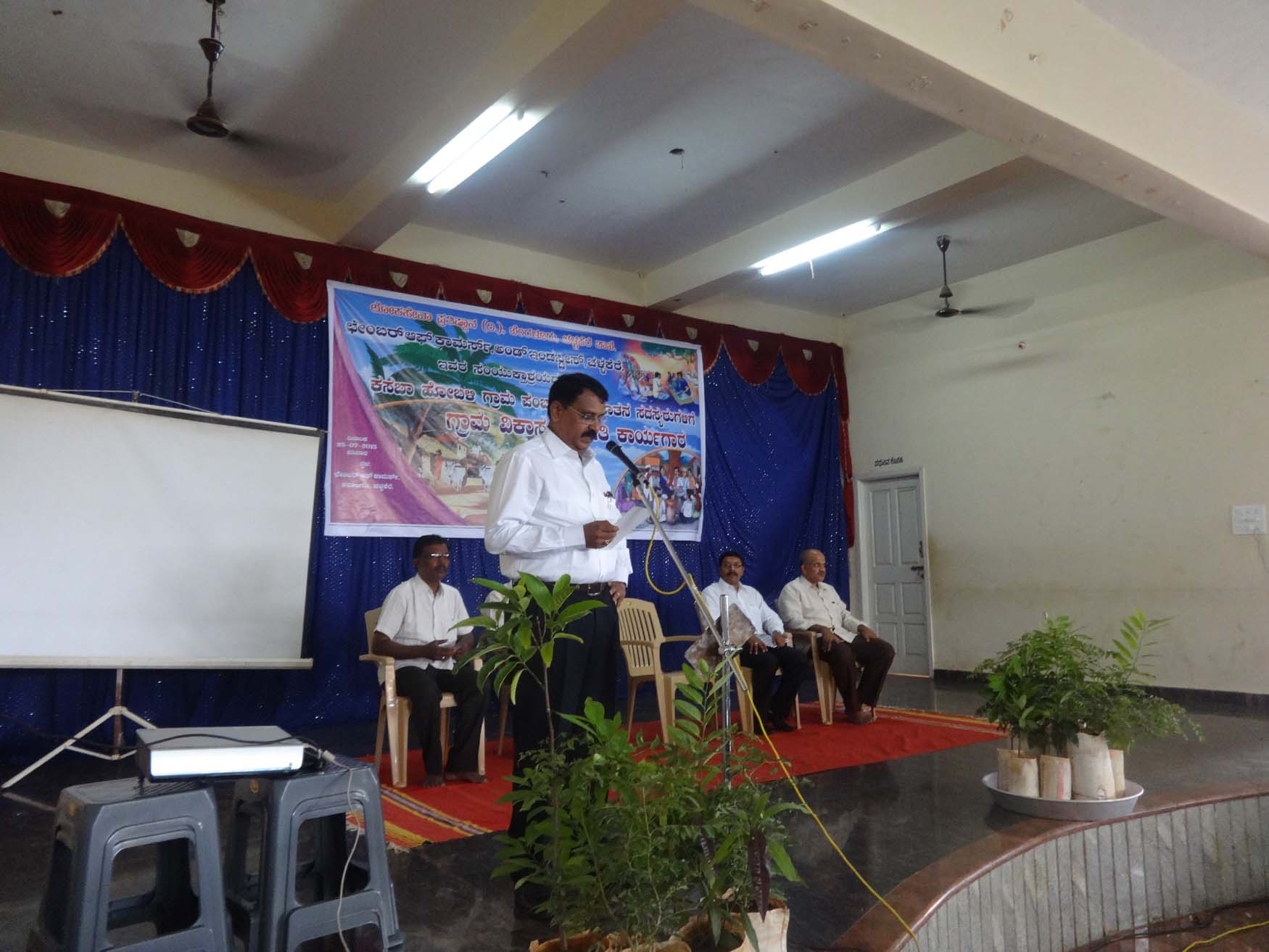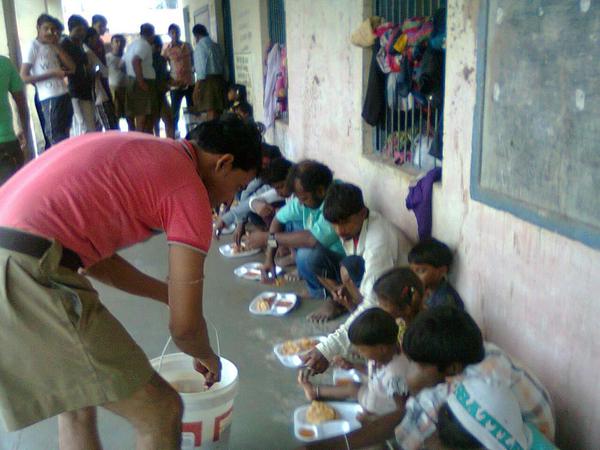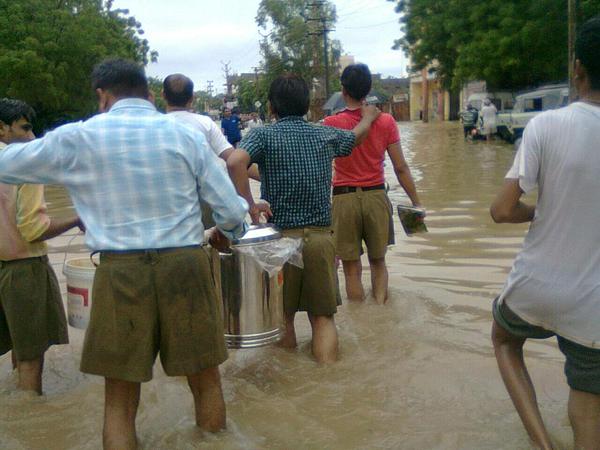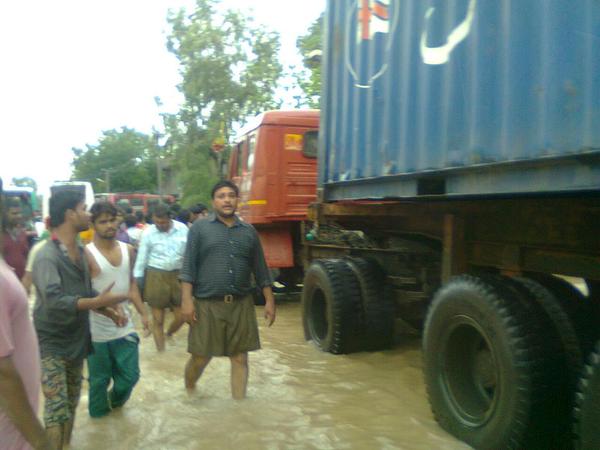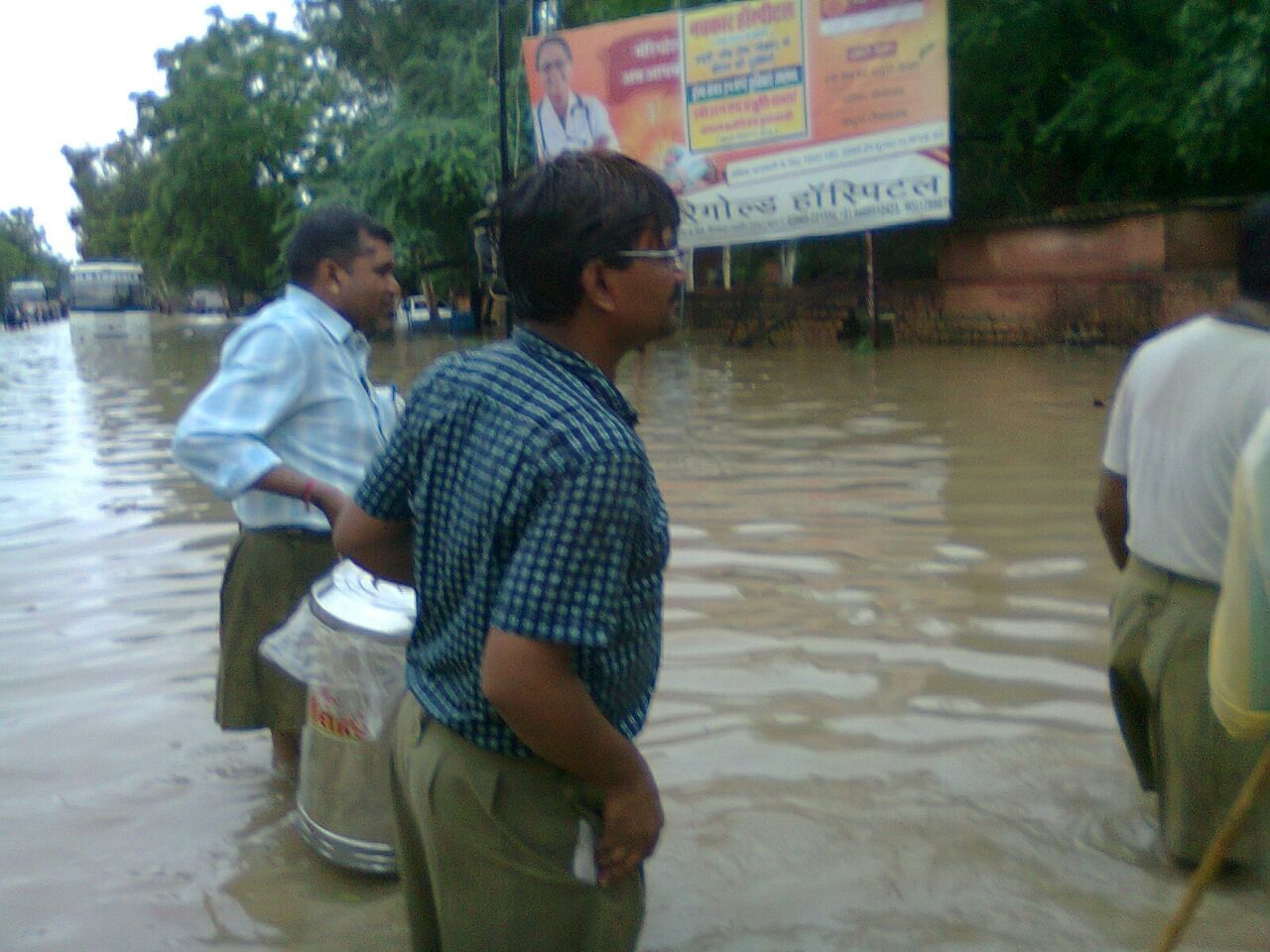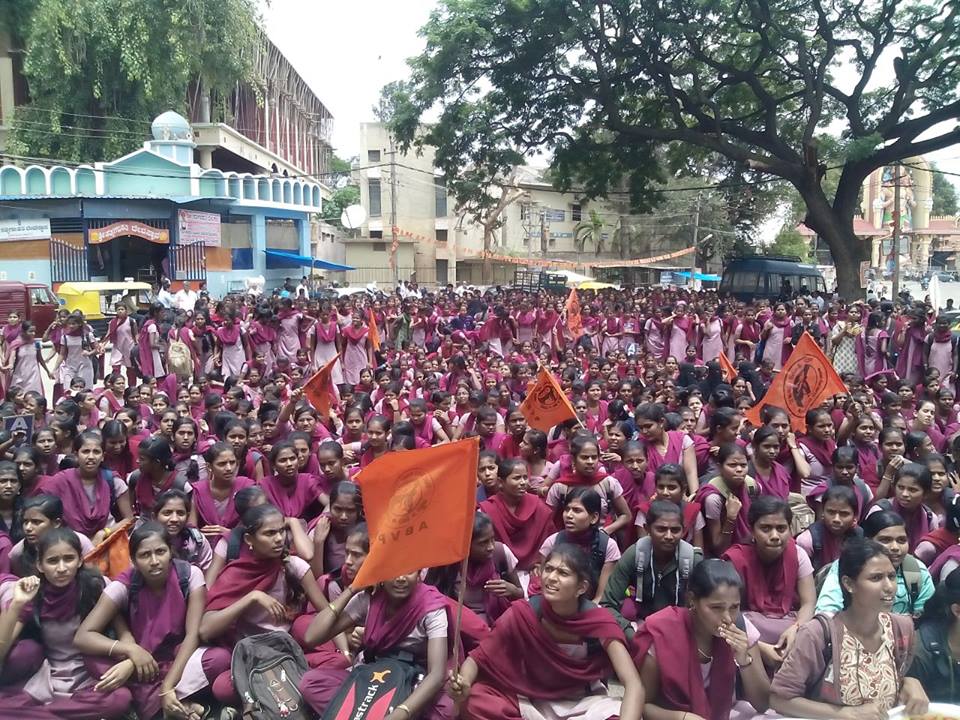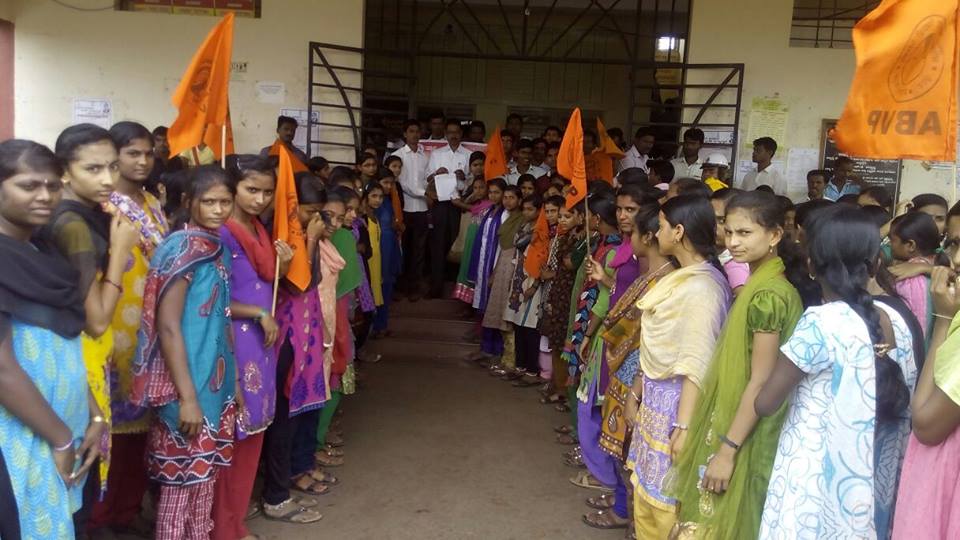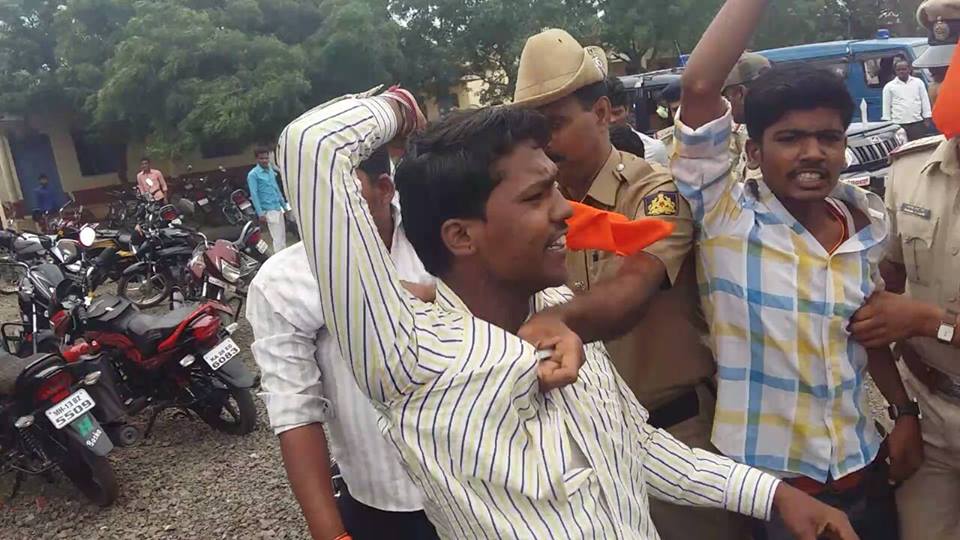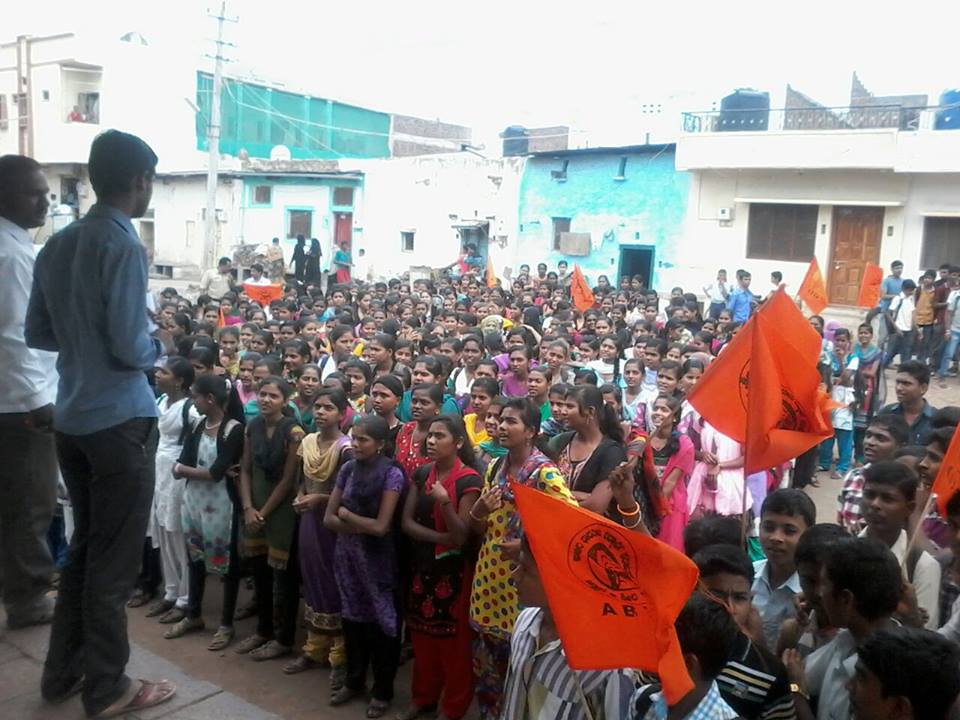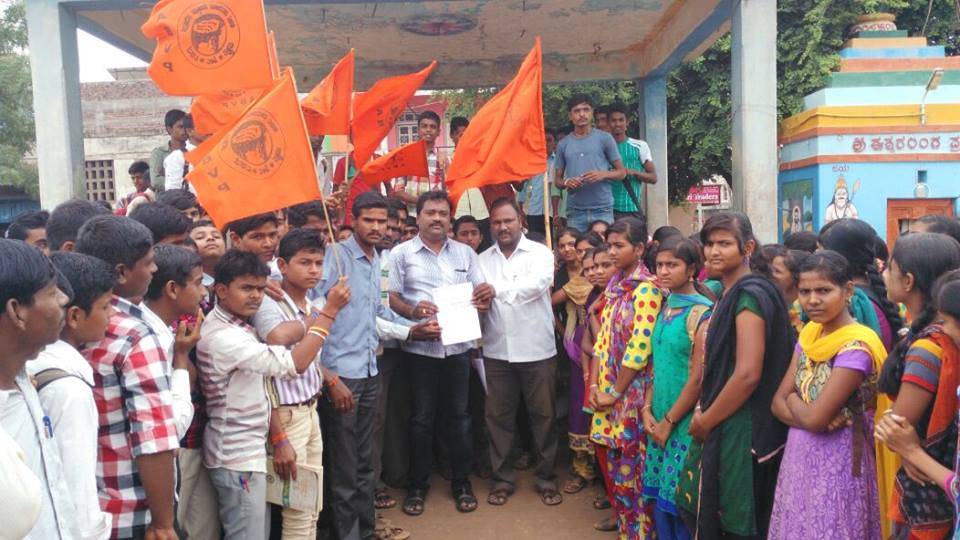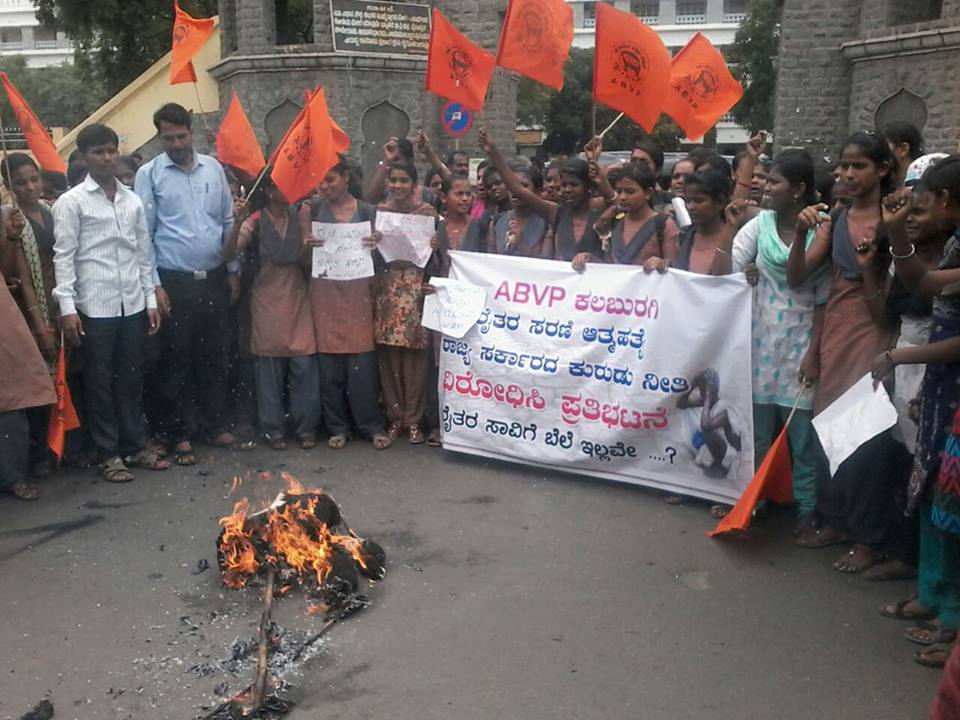Bengaluru July 23: India’s largest central trade union, Bharatiya Mazdoor Sangh (BMS) today celebrated its 60th foundation day across the nation. BMS was founded by RSS Pracharak Dattopant Thengadi on 23rd of July, 1955 – the day being the birth anniversary of Lok Manya Bal Gangadhar Tilak – veteran of Freedom Movement.
![BMS activists celebrated 60th foundation day at Marpanadka in Kasaragod today July 23, 2015]()
BMS activists celebrated 60th foundation day at Marpanadka in Kasaragod today July 23, 2015
The circumstances in which BHARATIYA MAZDOOR SANGH (BMS) came into existence in the trade union field of India have shaped its significant role in the trade union movement.
![IMG-20150723-WA0134]()
Two important aspects stand out in connection with this:
- (a) Formation of BMS was not the result of split in the existing trade union organisations, unlike in the case of almost all other trade unions. Hence it had the formidable responsibility of building its organisational structure from the grass root level. It started from zero having no trade union, no membership, no activist (karyakarta), no office and no fund.
- (b) On the very first day it was visualised as a trade union whose base-sheet anchors – would be Nationalism, would work as a genuine trade union, keeping itself scrupulously away from party politics. This was also unlike other trade unions which were linked to one or the other political party, overtly or otherwise.
Dawn of BMS, therefore, can be truly described as watershed in the course of trade union field.
![IMG-20150723-WA0137]()
ORGANISATIONAL GROWTH
BMS in 1955 existed only in the minds of a few determined persons who assembled at Bhopal under the guidance of Shri D.B. Thengadi – a thinker and intellectual, who had even earlier dedicated accepting the noble principle of self abnegation, his entire life to social work. He collected a band of determined workers around him to work for the organisation selflessly.
The first task was to build a strong organisational structure on the noble principles already declared. Constant tour of the country by Shri Thengadiji and the local efforts of his then colleagues resulted in setting up of a union here, and a union there. Of course that looked insignificant in the broad canvas of the trade union field like tiny dots on a large map. Most of these unions were in the unorganised sector. With the increase in experience, slowly, BMS unions sprung up in important industries. In a few States, State Committees were formed.
Thus it was only in 1967, twelve years after its formation – that the first all India Conference of BMS was held in Delhi, in which the initial national executive was elected. At the time the number of affiliated unions was 541 and total membership was 2, 46,000. Shri Thengadiji was elected General Secretary and Shri Ram Nareshji as first President.
From then on there was no looking back. In 1967 it had 2, 36,902 members. In 1984 Central Government after membership verification of all major Central Labour Organisations declared BMS as second largest Central Trade Union Organisation with 12,11,355 members and during 1996 it was declared first largest organisation with 31,17,324 membership by the Government of India, Ministry of Labour. The reckoning date of the above verification was 31st December 1989. In the subsequent verification held by Government of India for the year 2002, BMS retained its position of NUMERO UNO in the Country.
Of the 44 industries classified by the Ministry of Labour, Government of India for the purpose of membership verification, BMS has affiliated unions in all industries. BMS has membership of almost 1 crore in all States comprising more than 5000 affiliate unions.
BMS is productivity oriented non-political CTUO. It rejects the idea of State control rather it views it as an evil to be restricted to inevitable sector like defence, but stands firmly for the principle of public accountability of each industry and consequent enunciation of public discipline. It tries to bring consumers as the third and the most important party to industrial relations. For the furtherance and realization of its aims and objects BMS applies all legitimate means consistent with the spirit of nationalism and patriotism.
![IMG-20150723-WA0006]()
BMS is significantly represented in most of the bipartite/tripartite labour and industrial committees/Boards constituted by the Central Government including Indian Labour Conference (ILC), Standing Labour Committee, Central Board for Workers Education, ESI, EPF, National Productivity Council, National Safety Council, Negotiation Committees of Public Sector Undertakings like BHEL, NTPC, NHPC, BEL, Coal, Industrial Committees of Jute, Textiles, Engineering, Chemical-Fertilizers, Sugar, Electricity, Transport and the consultative machinery of Government employees and various other Committees / Boards. BMS also leads the delegation of Indian workforce in the Conferences of International Labour Organisation (ILO).
MANIFESTATION OF NATIONALISTIC OUTLOOK
Being nationalistic in outlook, it was but natural that this would be manifested in its activities. National interest was accepted as supreme and the workers interest to be protected and promoted within its frame work. National Commitment was to guide all negotiations at collective bargaining and promoted within its frame work. Good of the country, the industry and the workers was accepted as the guidelines.
Workers are part of the society and have the obligation to serve it. Consumers’ interest was taken as nearest to national interest. Hence the saffron flag of BMS, a symbol of sacrifice and service, the age old cultural emblem, a source of inspiration, began to flutter in the trade union field. The BMS insignia symbolises the rhythm between human controlled industrial development and agricultural prosperity. This is clearly depicted by impression of strong, confident and erect thumb of fist in between moving wheel and sheaf of corn. Significantly, BMS is the first one in the trade union field to use a logo of human organ.
AIMS AND OBJECTIVES
The aims and objectives of BMS are:
- (a) To establish ultimately the Bharatiya order of society in which there shall be secured among other things:
- i. Complete utilisation of manpower and resources leading to full employment and maximum production.
- ii. Replacement of profit motive by service motive and establishment of economic democracy resulting in equitable distribution of wealth to the best advantage of all individual citizens and of the national as a whole.
- iii. Development of autonomous industrial communities forming part and parcel of the nation, culminating in ‘Labourisation of industry’
- iv. Provision of work with living wage to every individual through maximum industrialisation of the nation.
- (b) With a view to enable the workers to strive successfully for the ultimate realisation of the above objects and to strengthen them, in the meanwhile, to make their own contribution to the cause of protecting and promoting their interest consistent with those of the community:
- v. To assist workers in organising themselves in trade unions as a medium of service to the motherland irrespective of faiths and political affinities.
- vi. To guide, direct, supervise and coordinate the activities of the affiliated unions.
- vii. To assist the affiliated unions in the formation of state BMS units and Industrial Federations as constituent units of the BMS.
- viii. To bring about unity in the trade union movement.
- (c) To secure and preserve for the workers:
- ix.The right to work, the right for security of service and for social security, the right to conduct trade union activities and the right to strike as a last resort after having exhausted other legitimate methods of trade unionism for redressal of grievances.
- x. Improvement in conditions of work, life and social and industrial status.
- xi.A living wage consistent with a national minimum and due share in the profits in their respective industries as partners.
- xii.Other appropriate amenities
- xiii.Expeditious enforcement and appropriate amendment of existing labour legislation in their interest.
- xiv.Enactment of new labour laws from time to time in consultation with the labour representatives.
- (d) To inculcate in the minds of the workers the spirit of service, cooperation and dutifulness and develop in them a sense of responsibility towards the nation in general and industry in particular.
- (e) To educate the labour by organising worker’s training classes, study circles, guest lectures, seminars, symposia, excursions etc., in cooperation with institutions and organisations having similar aims and objects such as the Central Board of Workers Education. Labour Research Centre, Universities etc., and also to maintain libraries.
- (f) To publish or cause publication of journals, periodicals, pamphlets, pictures, books and many other types of literature mainly concerning labour and their interests and to purchase, sell & circulate them.
- (g) To establish, encourage and organise Labour Research Centres and similar activities.
- (h) Generally to take such other steps as may be necessary to ameliorate the social, economic, cultural, civic and general conditions of the workers. For sound health of workers and society BMS has been against the use of any type of drugs, liquor, alcohol and smoking. To render assistance or to establish cooperative societies, welfare institutions, clubs etc., for the overall welfare of the common man in general and the workers and their families in particular.
NATIONAL LABOUR DAY
India has a heritage of thousands of year where the dignity of labour as well as those of labourers was well established. The dire need of the hour is to re-establish the same – the Dignity of Labour by observing our own labour day. As also, most of the Nations have their National Labour Day. National Labour Day was rediscovered to be on Vishwakarma Jayanti, Vishwakarma, being the first craftsman – artisan, sculptor, and engineer – and in fact the traditional symbol of hard labour. This falls on Kanya Sankranti of each year. BMS, since its inception, has been observing Vishwakarma Jayanti – on 17th September of English Calendar Year National Labour Day. While functioning since 1955 it has given to the labour movement new slogans benefiting its ideology:
Bharat Mata Ki Jai
We will work in the interest of the country and will take full wage for the work done (Desh ki hit me kam karenge, kam ki lenge poore dham) The sacrifice, penance and martyrdom are identification of BMS (BMS ki kya pehchan, Tyag, Tapasya aur Balidan) Understand the value of Capital and Labour is equal and same (Paise aur pasine ki kimmat samjo ek samaan). Workers unite the world (Mazdooron duniya ko ek karo) Industrialise the nation, Nationalise the Labour, Labourise the Industry (Rashtra Udyogikaran, Sharamik ka Rashtriyakaran, Udyog ka Mazdoorikaran) Bonus to all wage earners – as deferred wage (Sabi Vetanbogiyonko der se diya hua vetan ki roop me bonus) Stop discrimination. Income-ratio should be one and ten. (Bedbhav bandh karo. Aay ka anupath Ek aur Dus ho)
NEW TRENDS IN THE TRADE UNION MOVEMENT
BMS has contributed quite a few new ideas which have virtually become trend setters. The non-political nature of BMS has now gained currency and has become acceptable not only in India but also abroad. The XII World Trade Union Congress of WFTU, held in Moscow, in 1990, adopted a document to this effect. BMS doesn’t believe in class concept and rejects the class theory propounded by Marx. Instead its struggle and fight is against the injustice on workers from whatever quarters. Being non-political, its attitude towards any democratically elected government is governed by the principle of “Responsive Co-operation”. BMS idea of “Labourisation” of Industries – a stage where workers would collectively own and manage the industrial units has initiated a national debate on it. This experiment has been successfully undertaken in New Central Jute Mills, West Bengal.
THE NEW ECONOMIC POLICY (NEP) AND NEW INDUSTRIAL POLICY (NIP)
While opposing the above policies BMS was first to give slogan for 2nd war of economic independence. At the same time it has suggested some positive alternatives. It has vigorously condemned the object surrender to the conditionality of the IMF and WB as that would amount to giving up our sovereignty. BMS considers the movement as an opportunity to build up Swadeshi Model of Economy. Hence it has inspired movement for the use of Swadeshi (Indigenous) Products as against the foreign or MNC products. It has offered to cooperate in turning the loss making PSUs profitable where practicable, it has agreed to induce the workers to take up their unit to run them on sound lines. To curb excessive profiteering, which is the main culprit behind price rise; it has suggested that the Government should take steps to make the consumer aware of the cost of production of each product to daily use. This awareness will serve as a watch dog to restrain the prices. BMS is also of the view that for creating enough job opportunities, agricultural development should get more attention as also agro-based and small and tiny industries. Vishwakarma Sector (Self employment sector) should get more encouragement than at present. On modern technology, BMS while not being antagonistic would prefer developing our own technology based on indigenous and traditional knowledge to best suit our conditions. From this angle national technology policy should be drawn.
INTERNATIONAL RELATIONS
Being one of the most representative organisations of Labour, BMS has a place in the Indian delegation to the annual International Labour Conference held by ILO at GENEVA every year. Being largest Central Trade Union Organisation of India, BMS is leading the Indian Labour delegation to ILO, Geneva each year on behalf of Indian workforce. Special Session of United Nations Organisation was held on 5-9 June, 2000 in New York on “Women 2000, Gender Equality, Development and Peace for 21st Century”. Kum. Suchitra Mahapatra of BMS participated on behalf of Indian Women workforce. It works in close relations with the ILO office in Delhi, participating in all its national and regional level seminars / workshops, its endeavour being to contribute its best. BMS is not affiliated with any International Confederation but maintains cordial relation with all such organisations. Instead of giving call for the workers of the world to unite, it has given a call to the workers all over, to unite the world.
ALLIED ACTIVITIES – BHARATIYA SHRAM-SHODH MANDAL (BSSM)
“Bhartiya Shram-Shodh Mandal’ formed by BMS is a research based institution, established on 26th May, 1980, to promote objective studies based on impartial examination of facts and developments in the industrial field. The activities of the Mandal are:
- i.Survey for Social Causes.
- ii.Critical appraisal of Annual Budget.
- iii.Workshop and Tripartite Conference on labour laws.
- iv.Impact assessment of new economic policy and new industrial policy on labour and economy.
- v.Publications.
SARVA PANTH SAMADAR MANCH
Bharatiya Mazdoor Sangh firmly believes in non-discrimination of labour based on caste, creed or religions. BMS believes in equal respect for all religion. To promote the same sense of harmony among the labour, BMS in 1994, founded forum known as Sarva Panth Samadar Manch. Maulana Wahiduddin Khan and Jal. P. Jimmi were the founder members of this organisation. 25th March of each year is celebrated as “Ekatma Diwas” to commemorate the holy sacrifice of Shri Ganesh Shankar Vidyarthi for the cause of Hindu Muslim unity.
VISHWAKARMA SHRAMIK SHIKSHA SANSTHA
Based on resolution adopted by executive committee of BMS held at Shimla on 26th April, 1982 a Vishwakarma Labour Training Institute was established having its headquarter at Nagpur. Regular training camps, workshops etc., have been organised by this institute in collaboration with Central Board of Workers Education.
PARYAVARAN MANCH
In 1995, Paryavaran Manch was set up to pragmatise the activity of Trade Unions, which was till that time limited to wage, bonus etc. It is the obvious responsibility of the labour to keep their surroundings clean, safe and pollution free. 3rd December, the Bhopal disaster is mourned and remembered each year as “No More Bhopal Day”.
VISHWAKARMA SANKET
Vishwakarma Sanket – a Bi-lingual (In English and Hindi) monthly is regularly published by BMS from Central Office in Delhi to keep their cadres well informed about the news and views on various issues of the contemporary national scenario. Many State BMS and Industrial Federations affiliated to BMS also publish periodical and journals at their regional / federation level.
